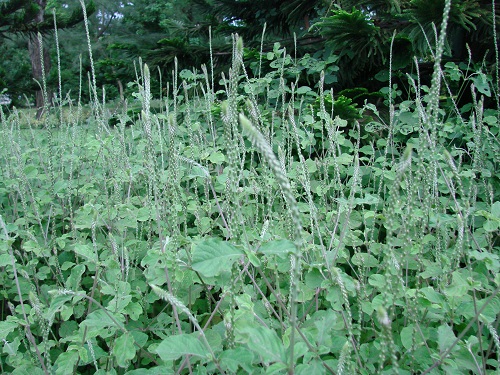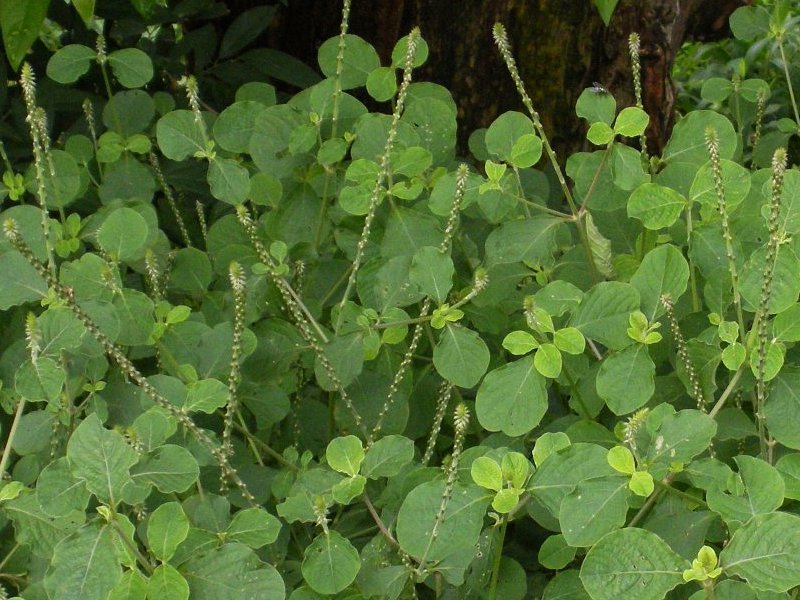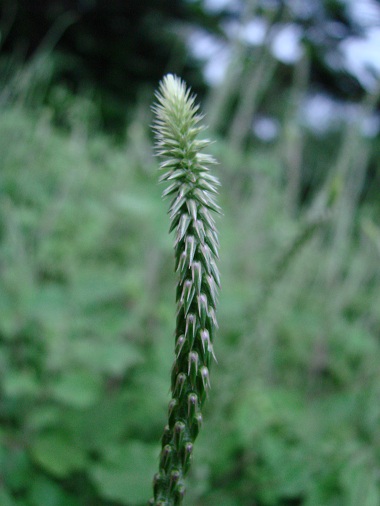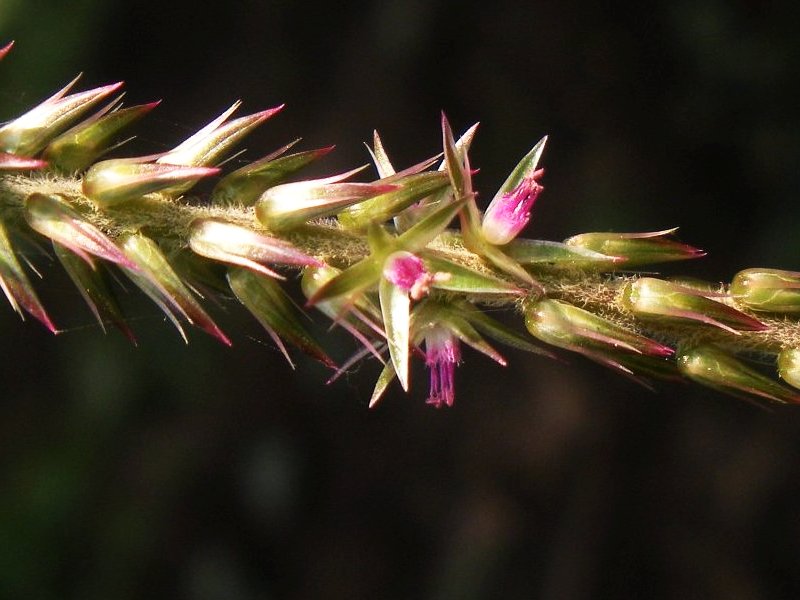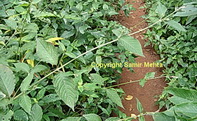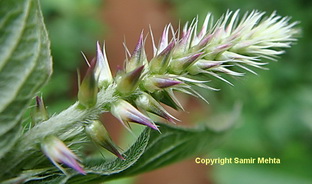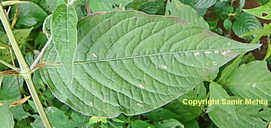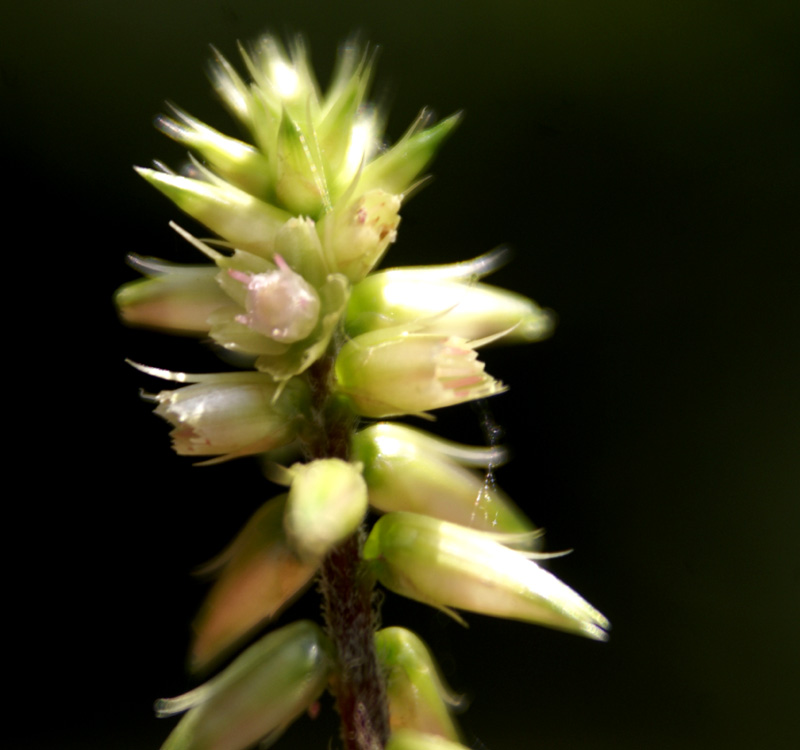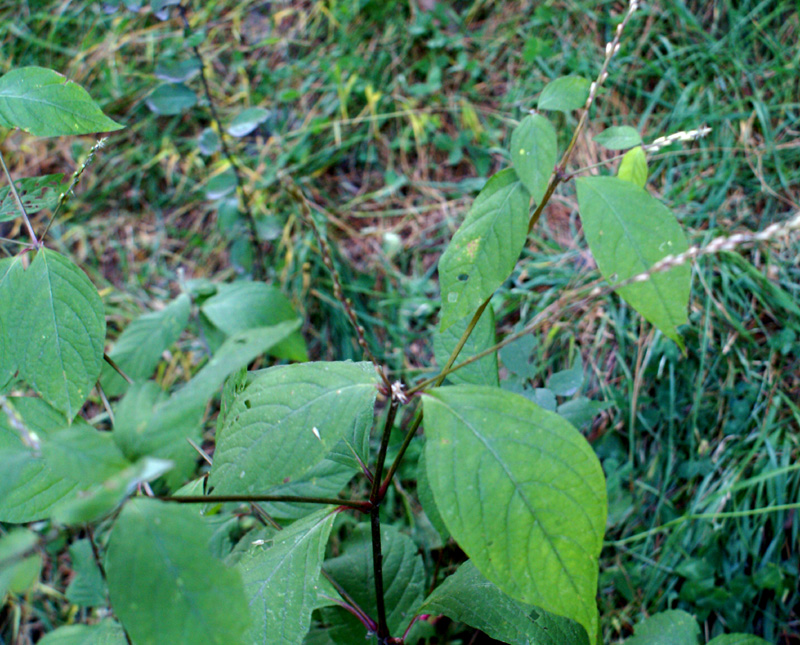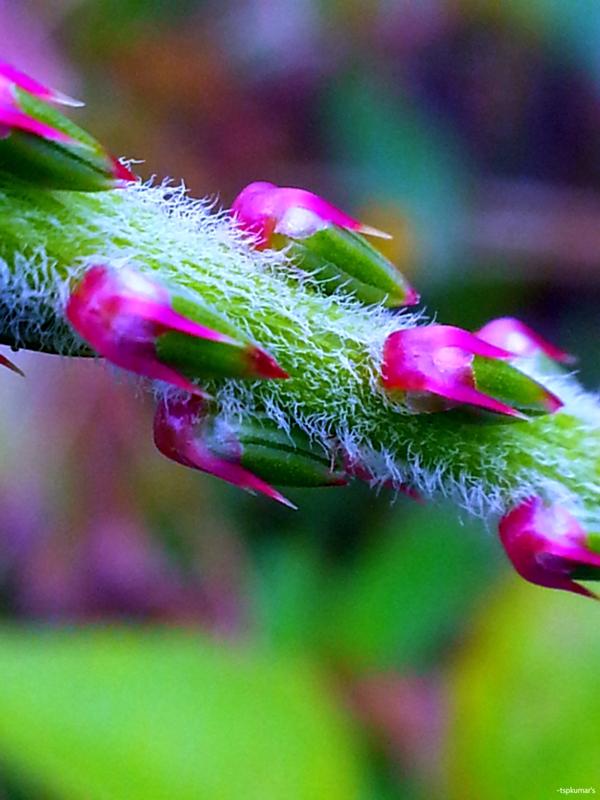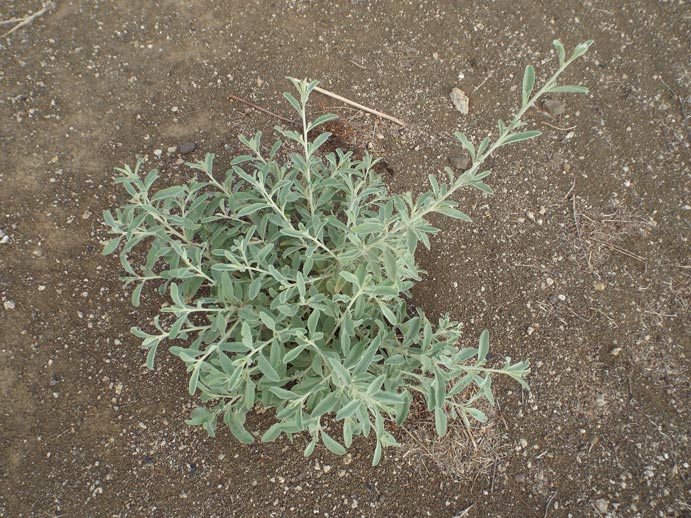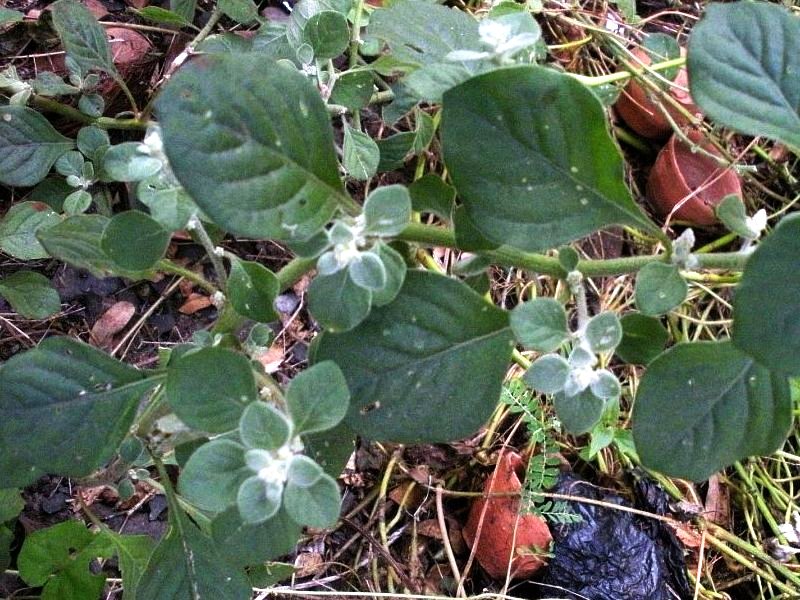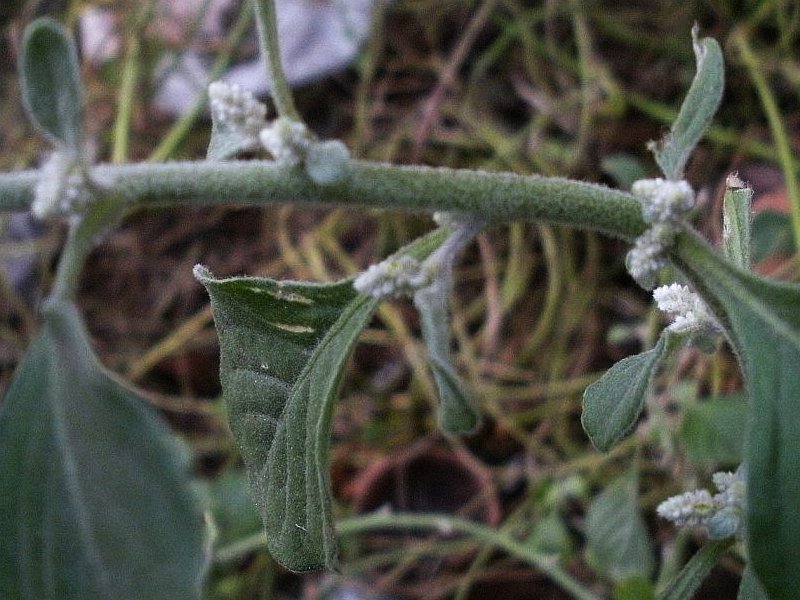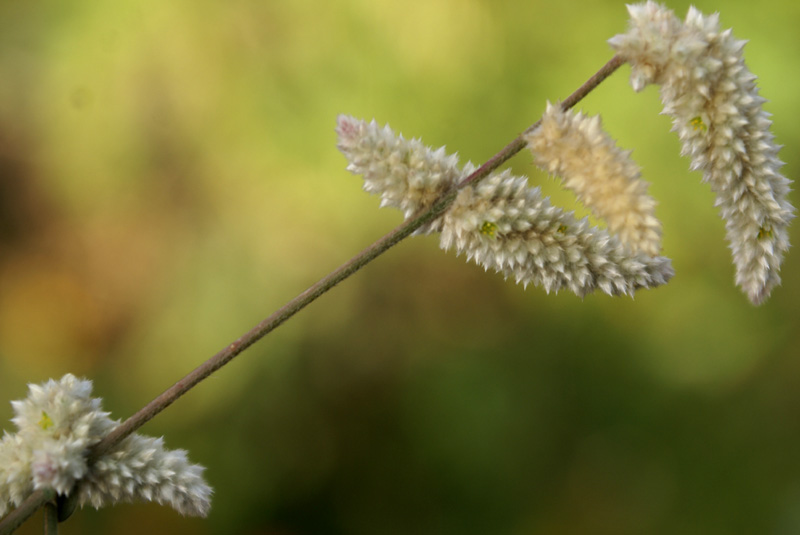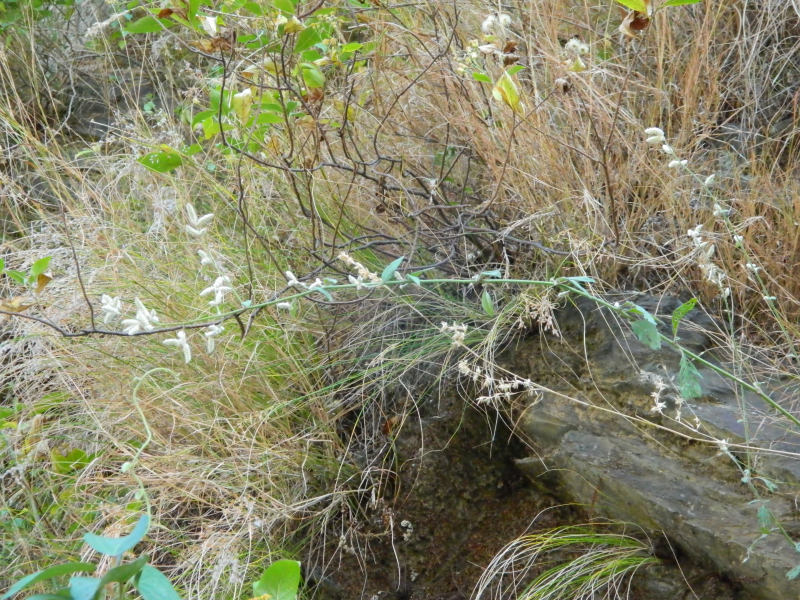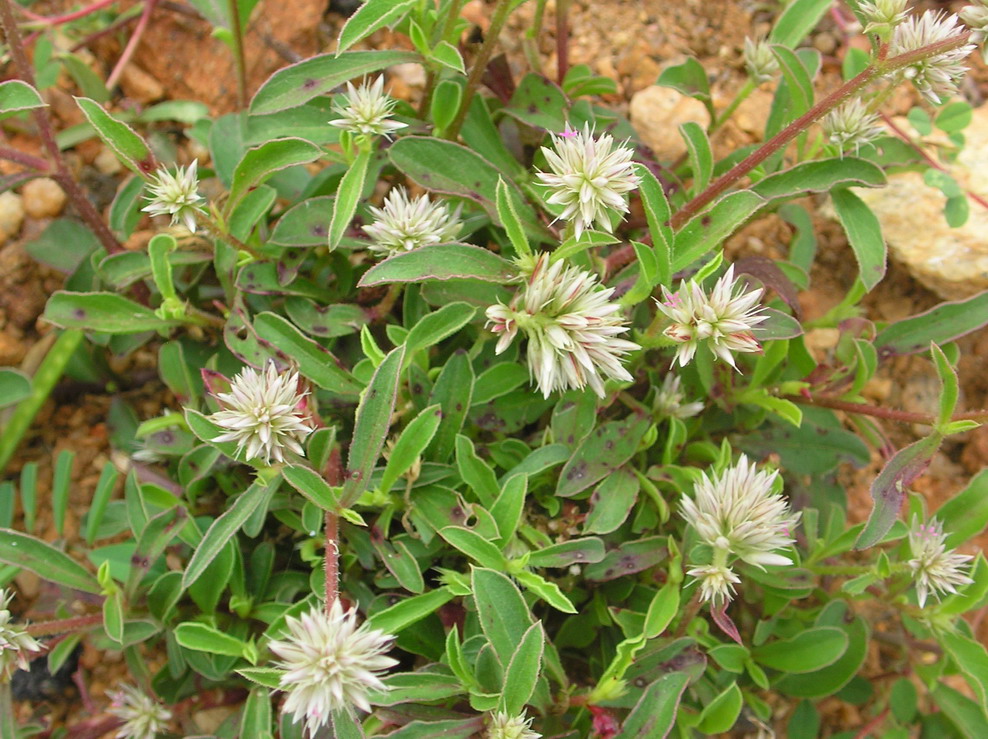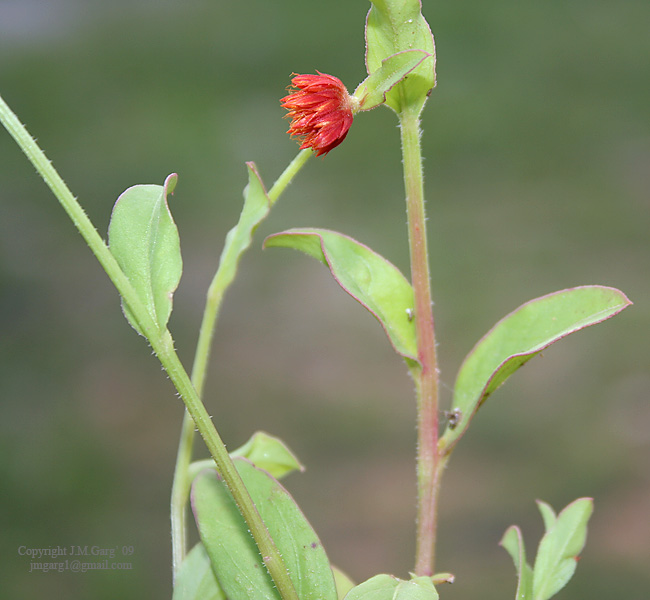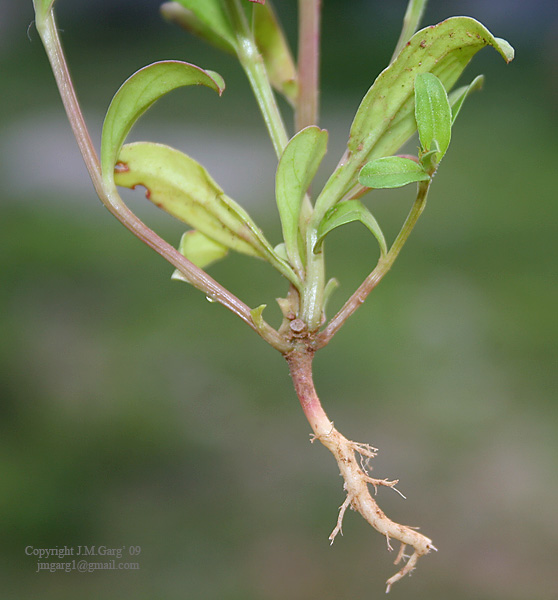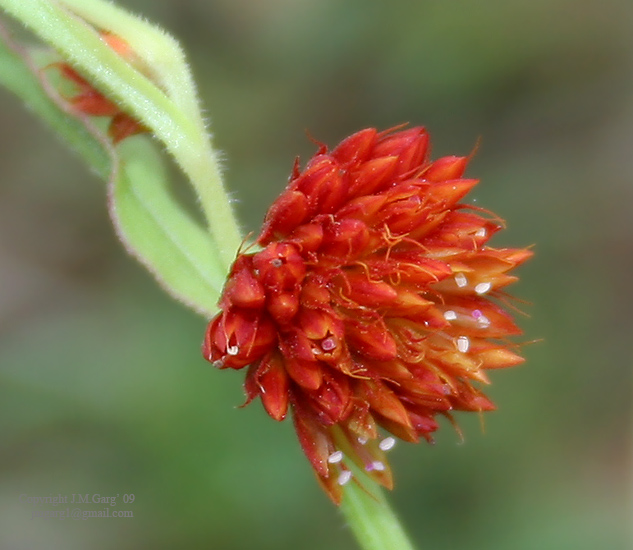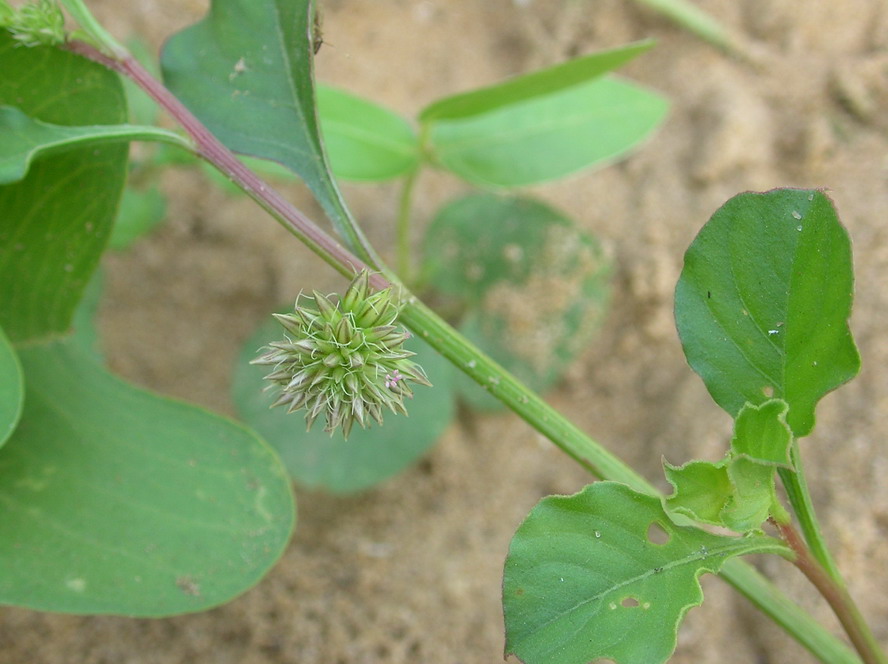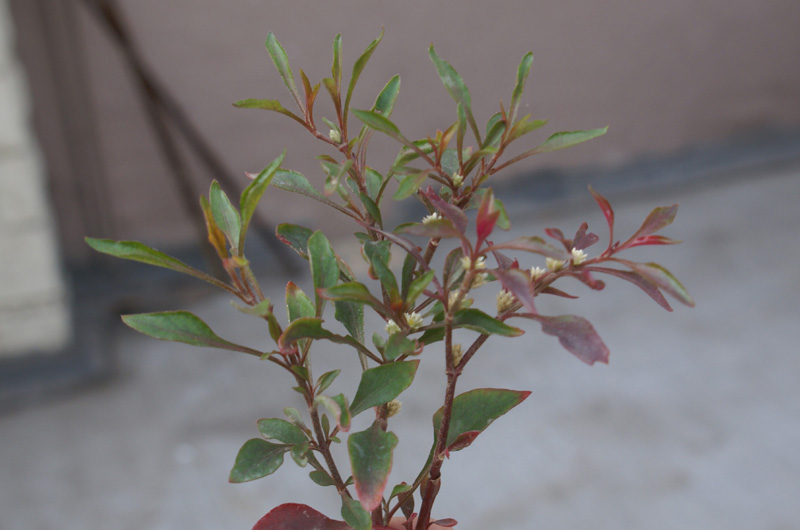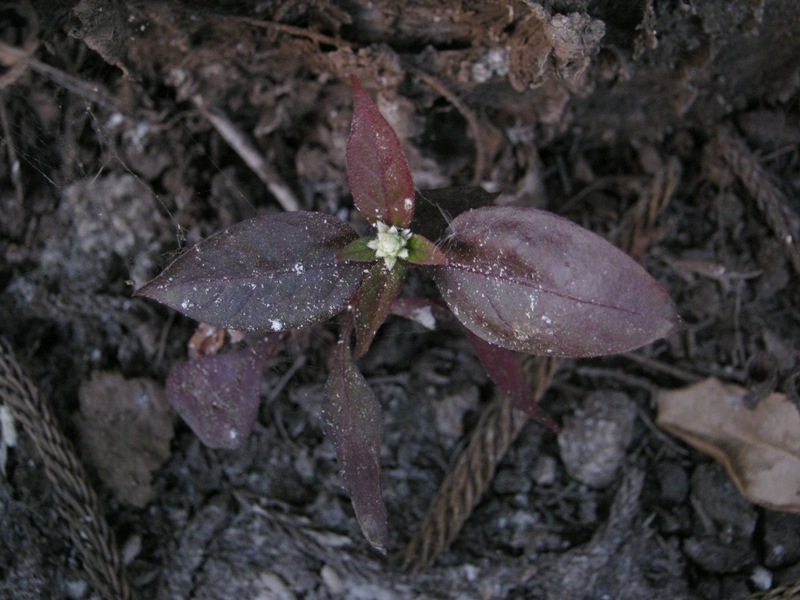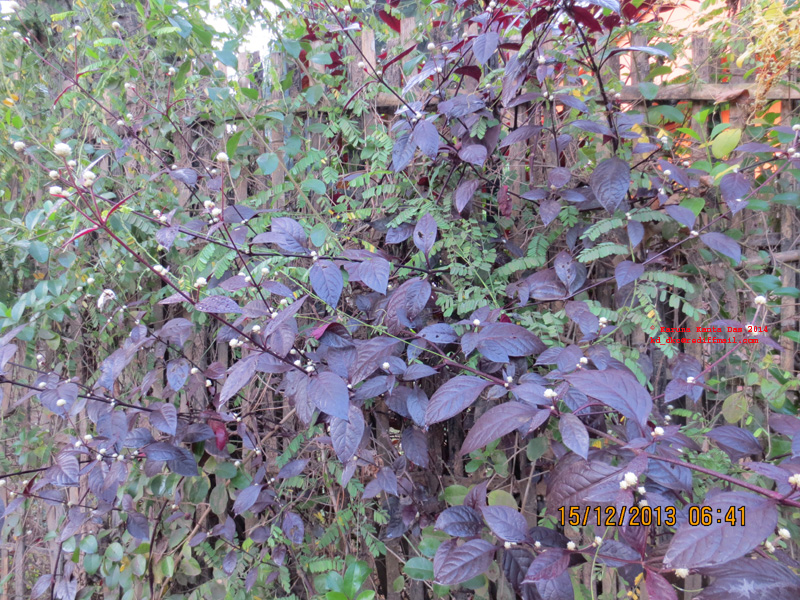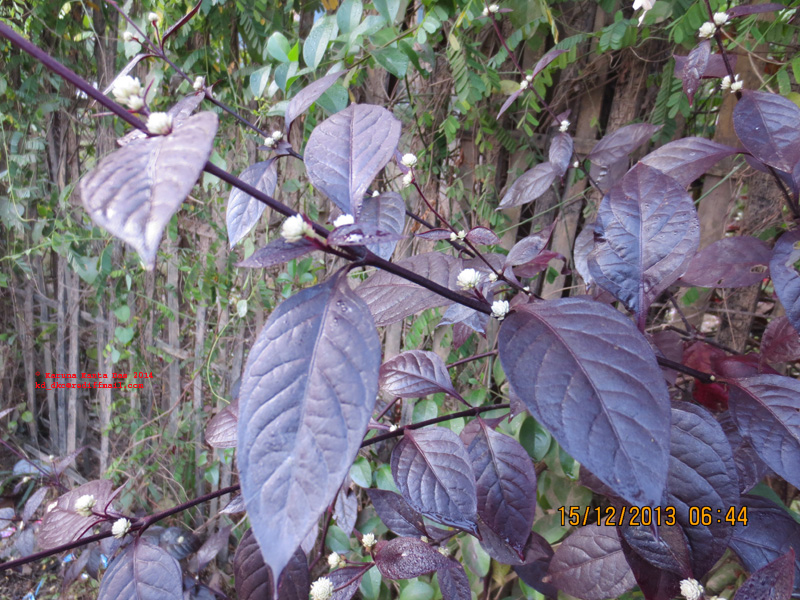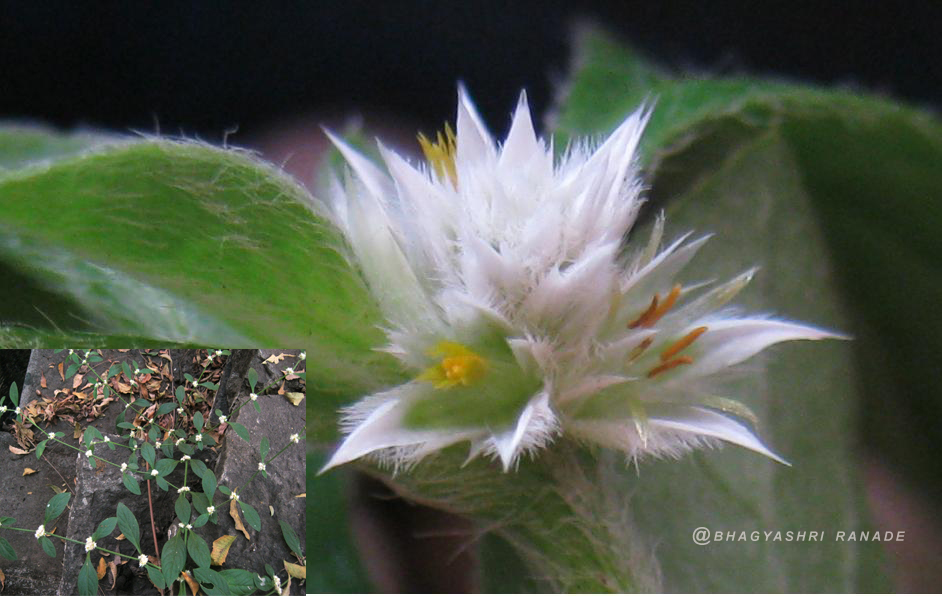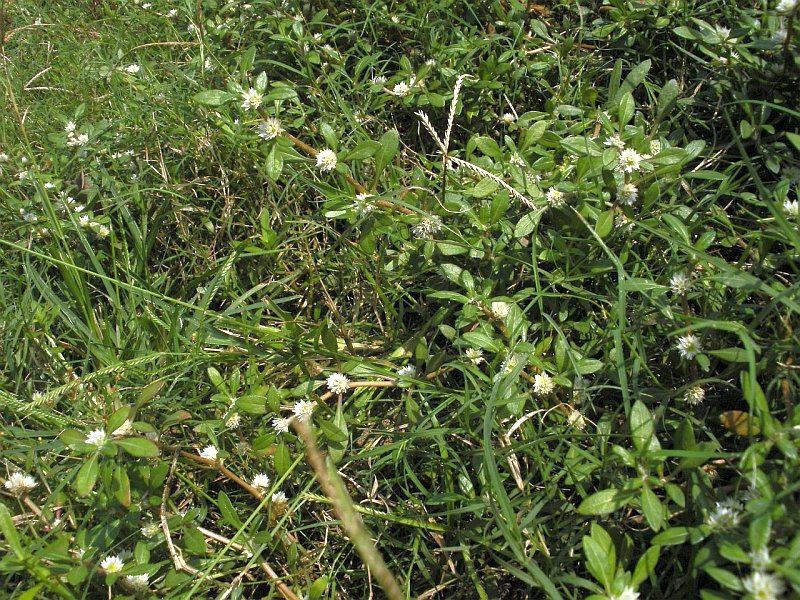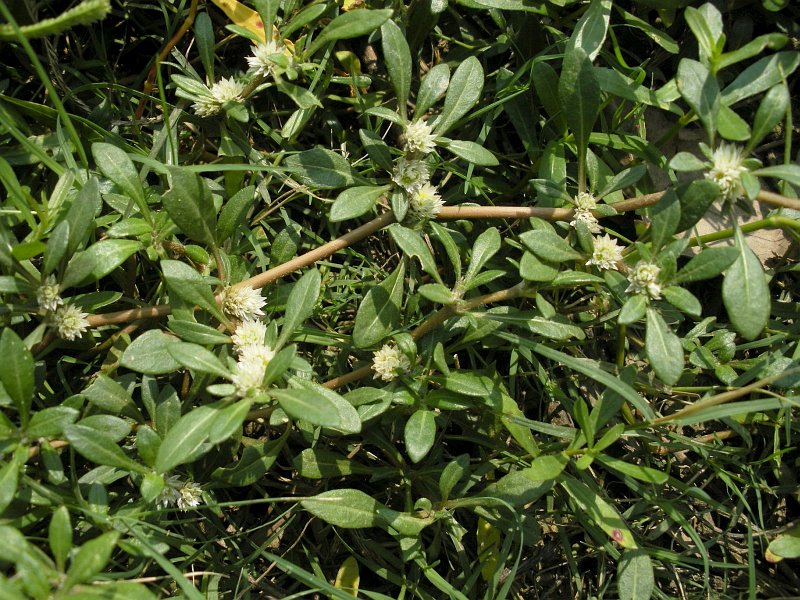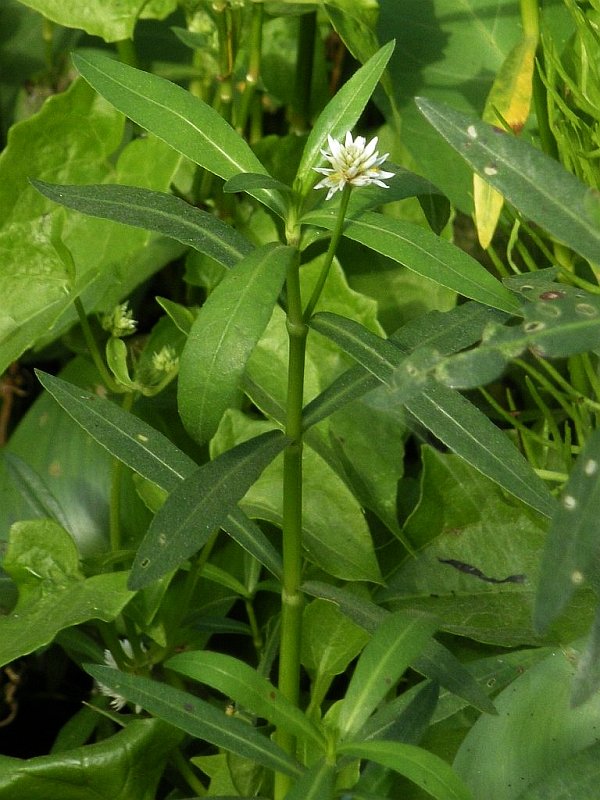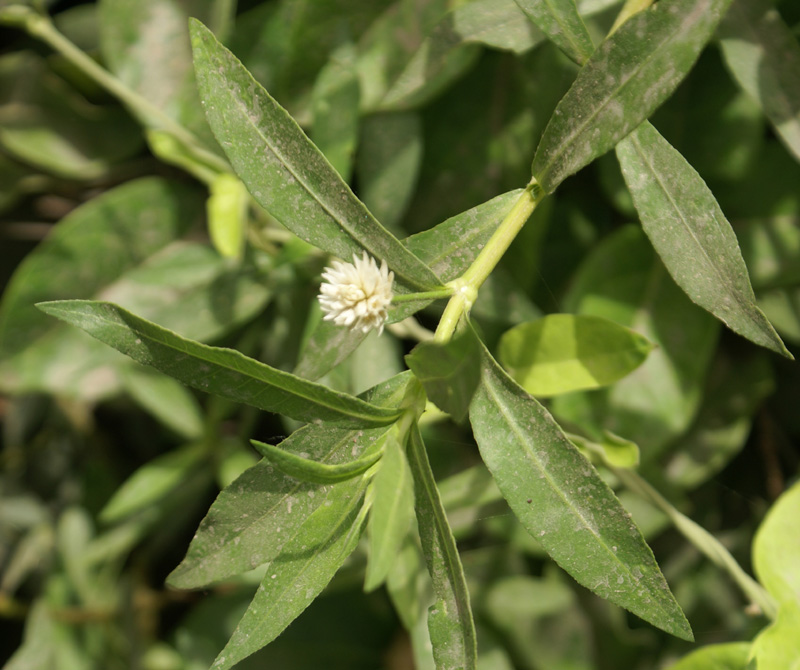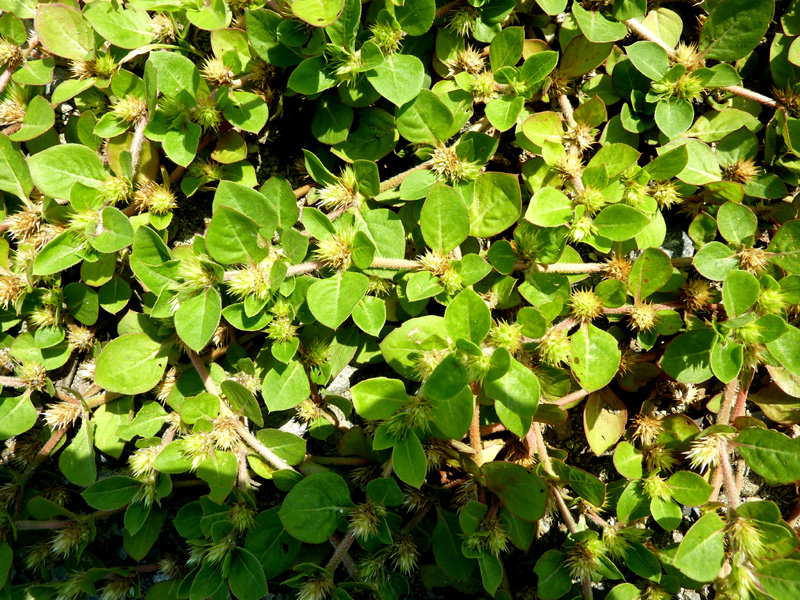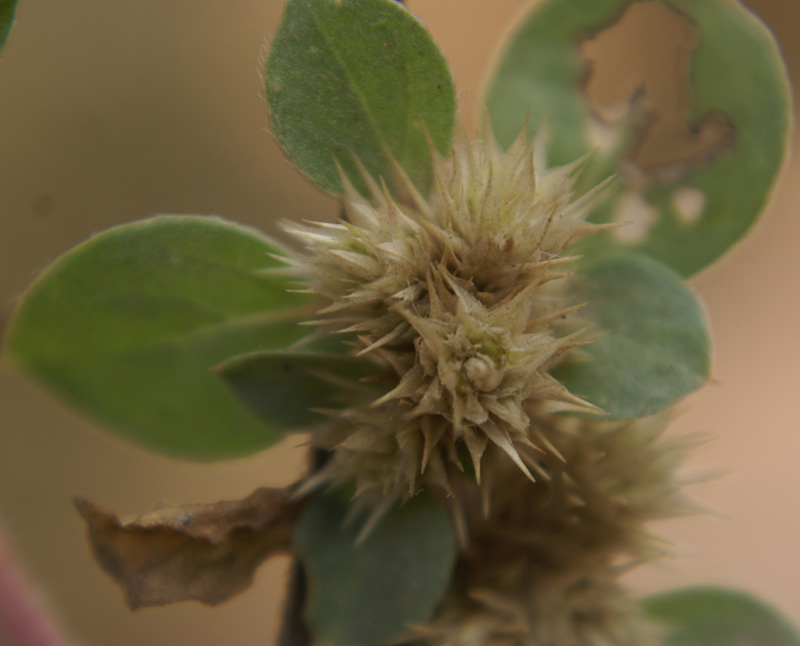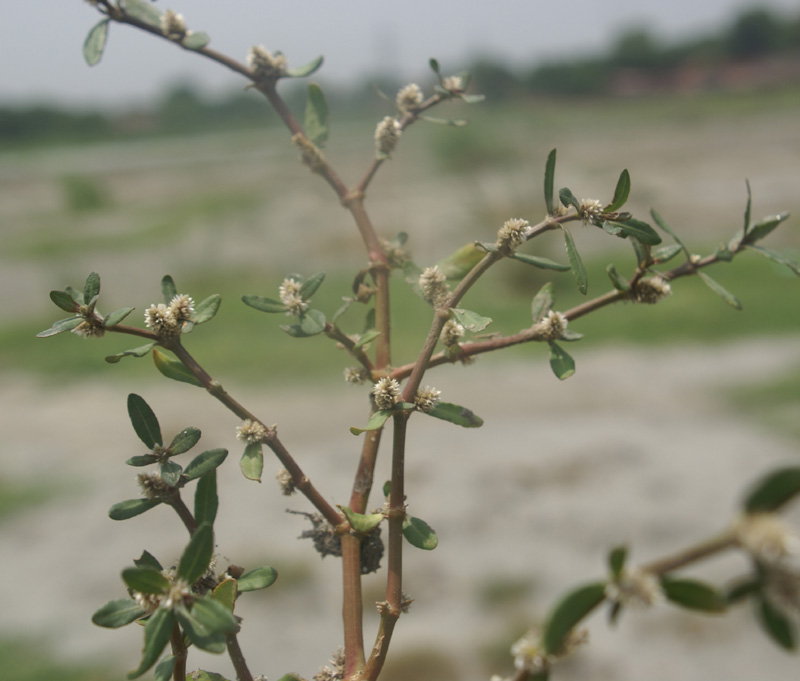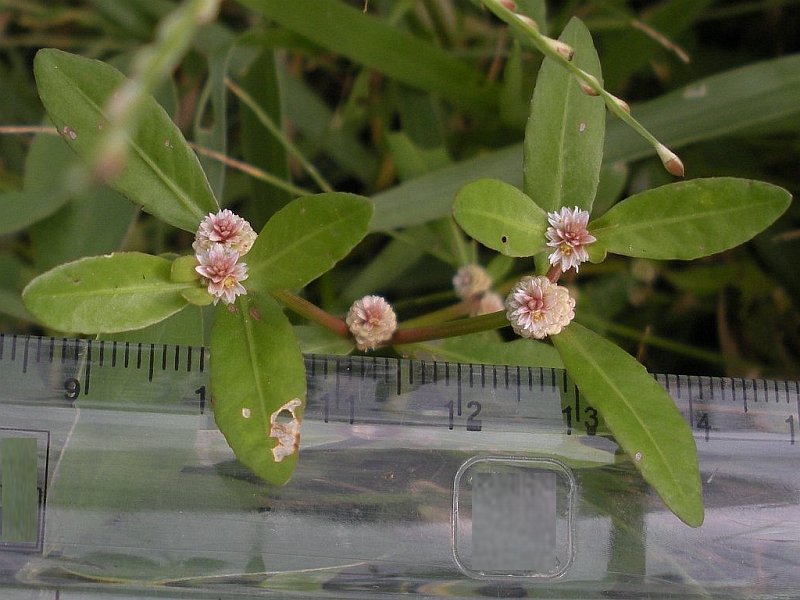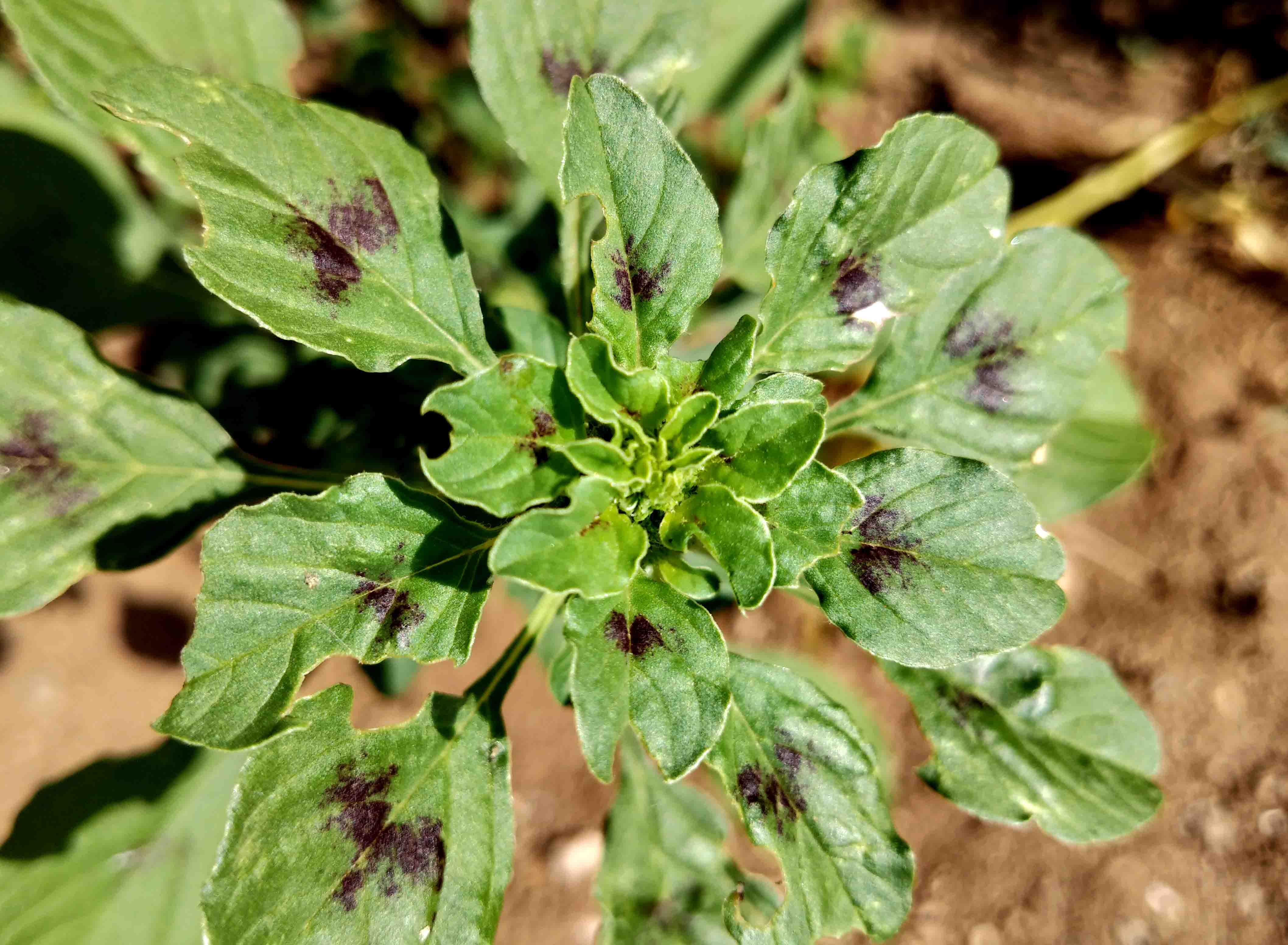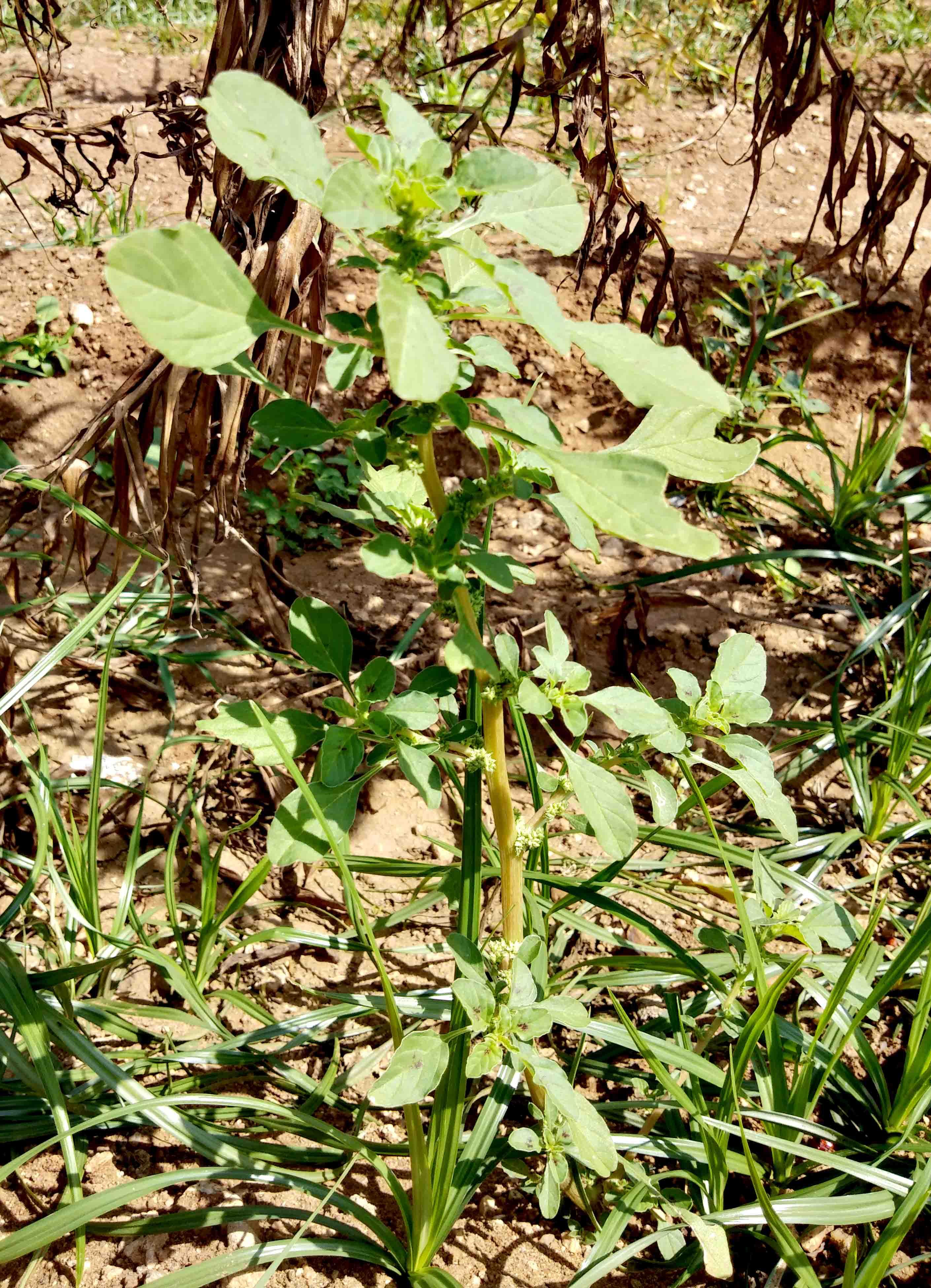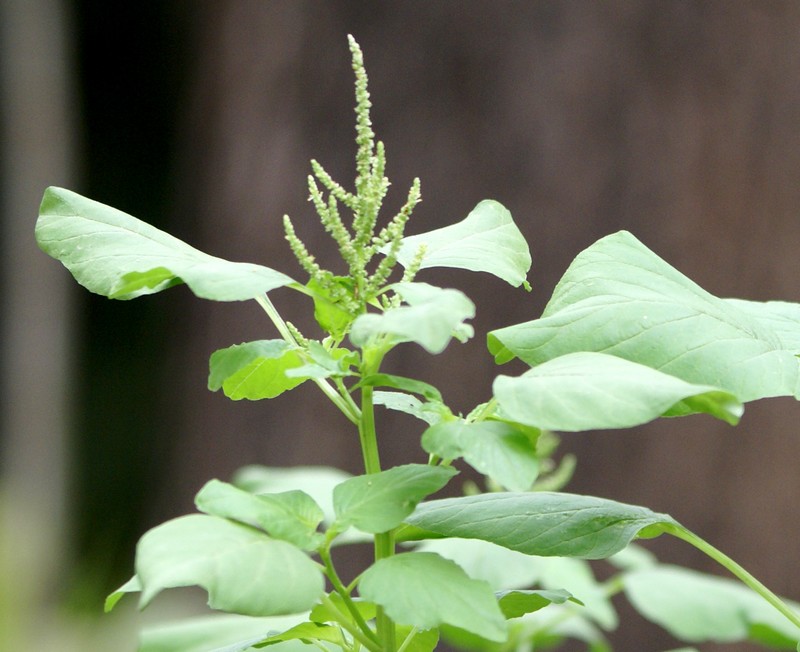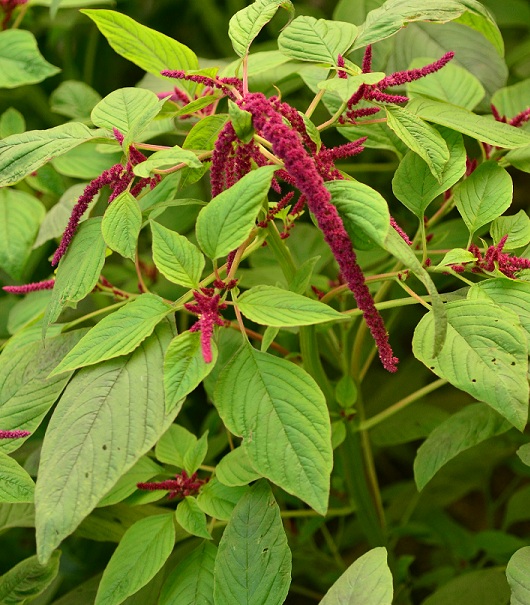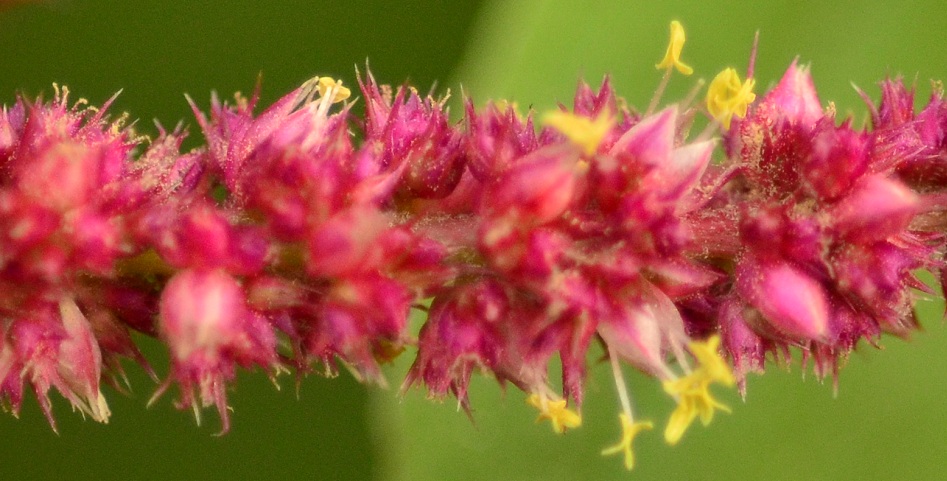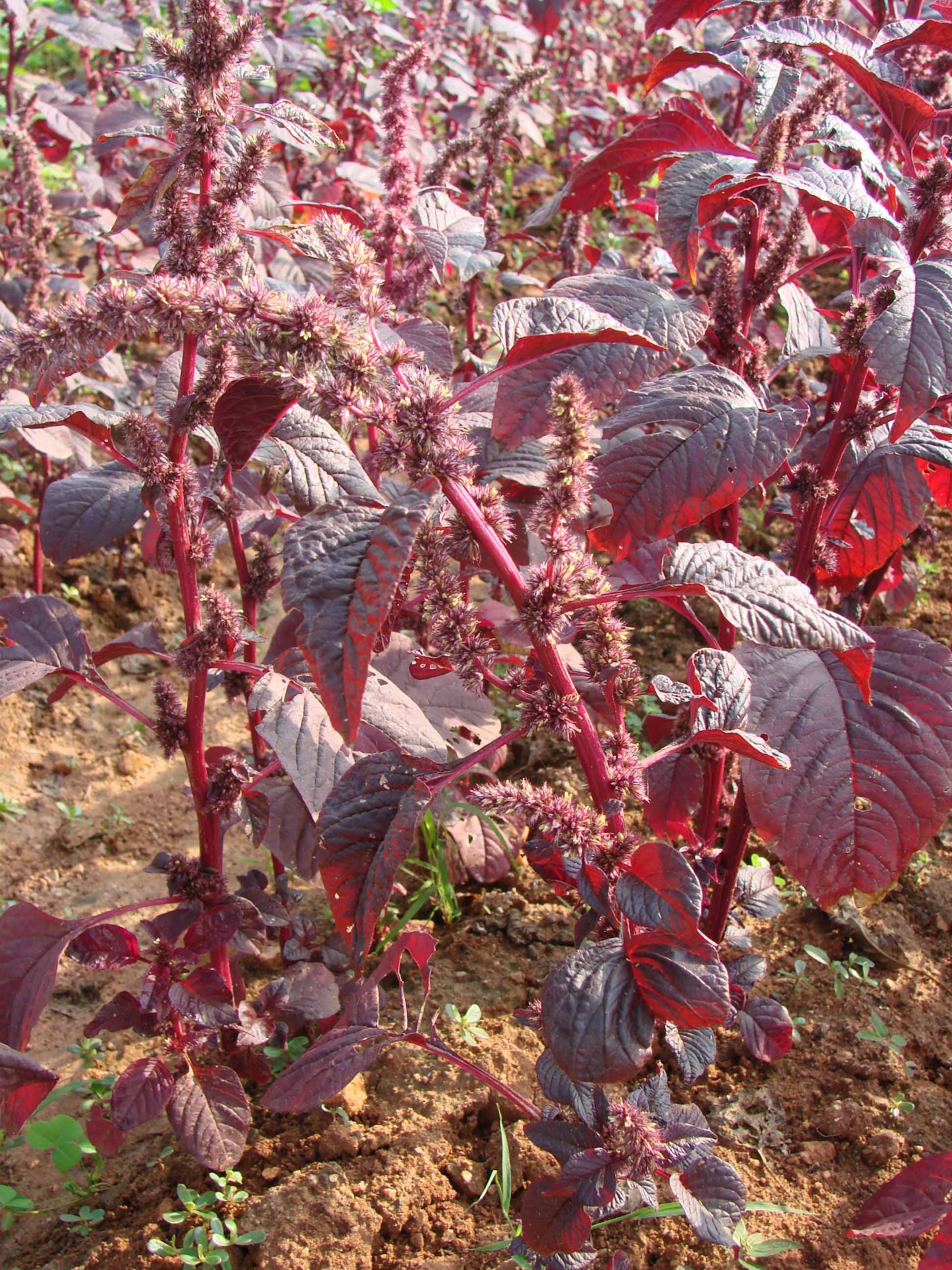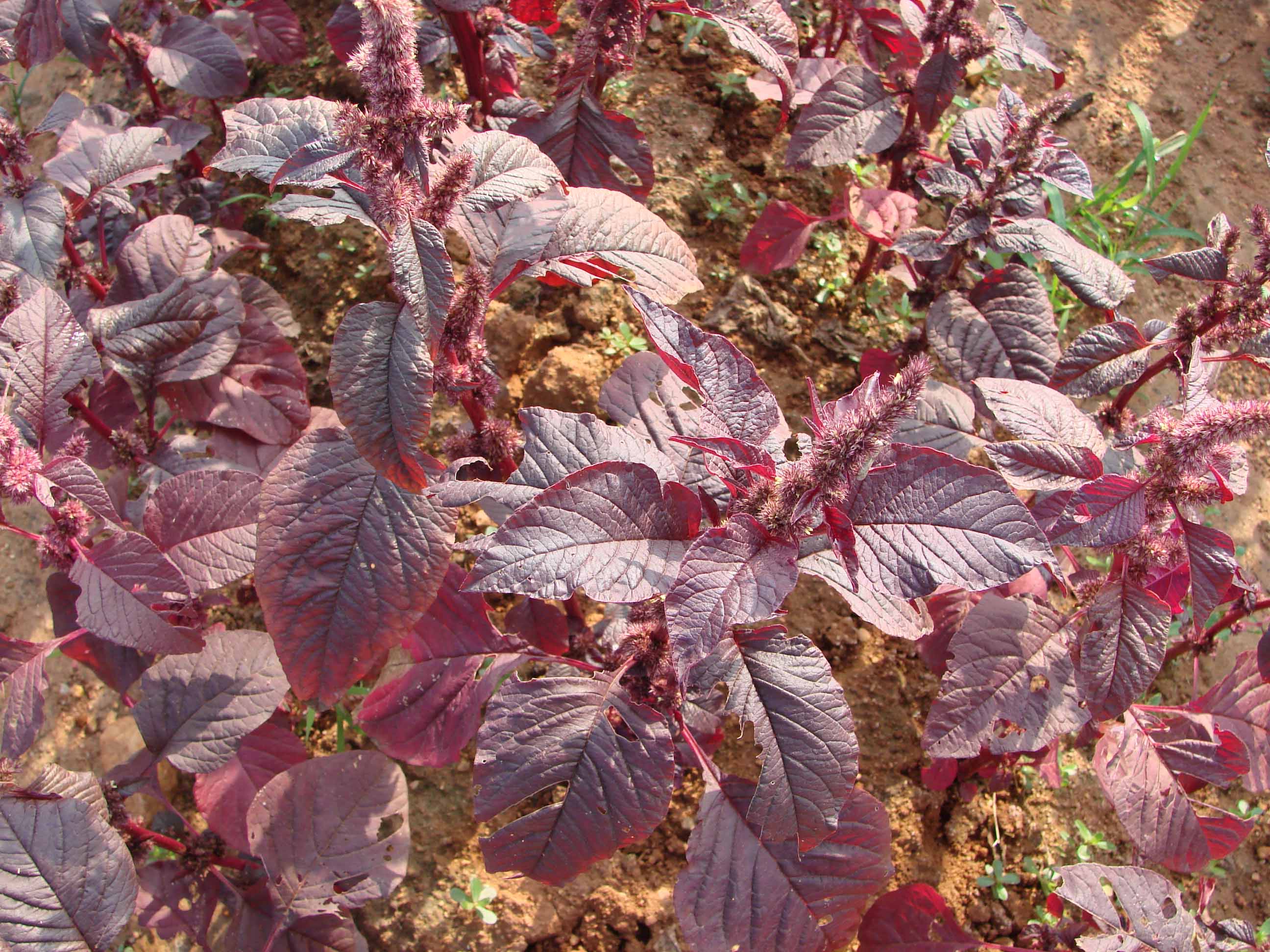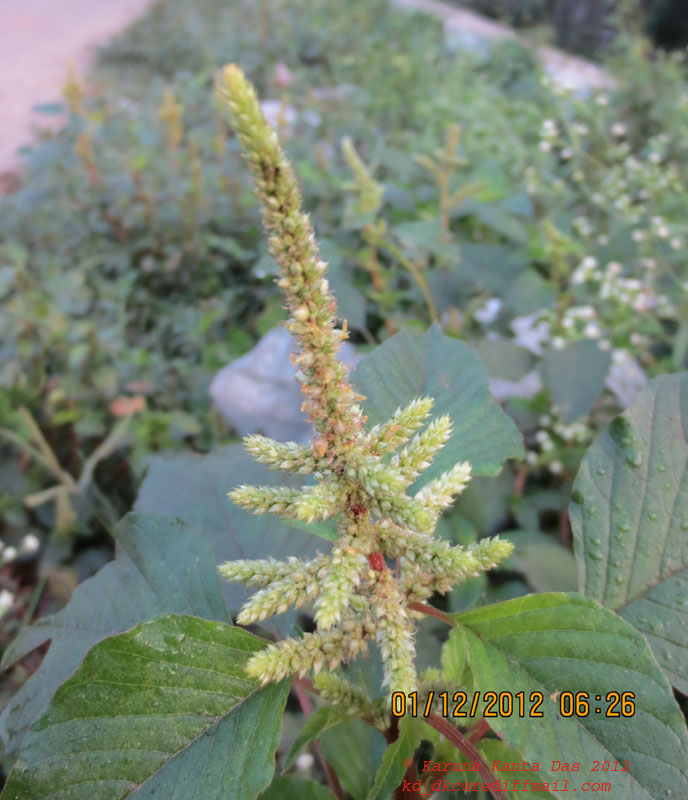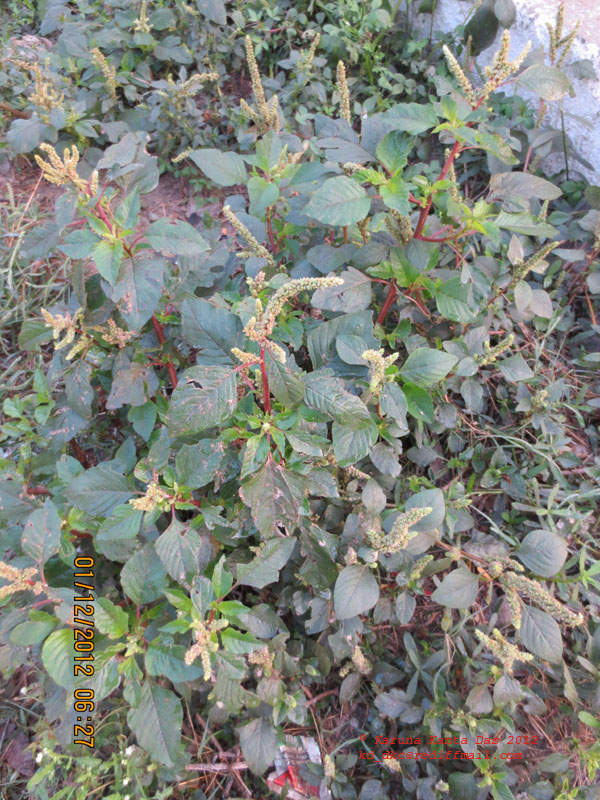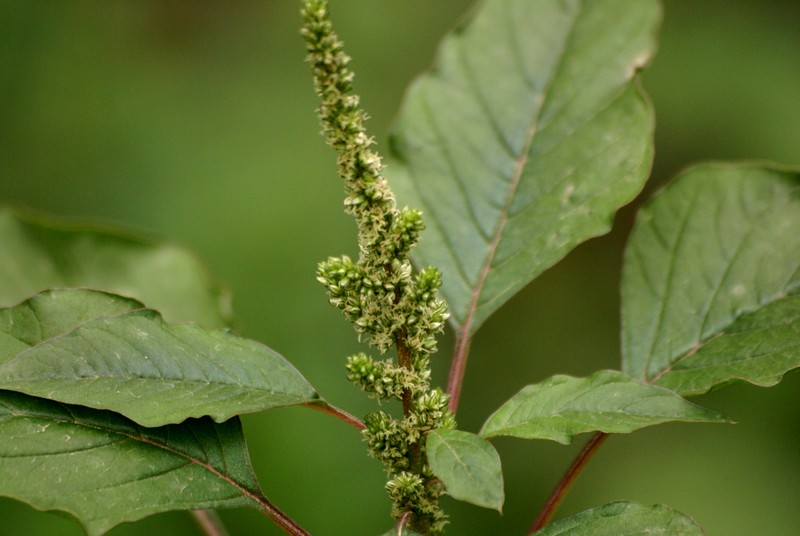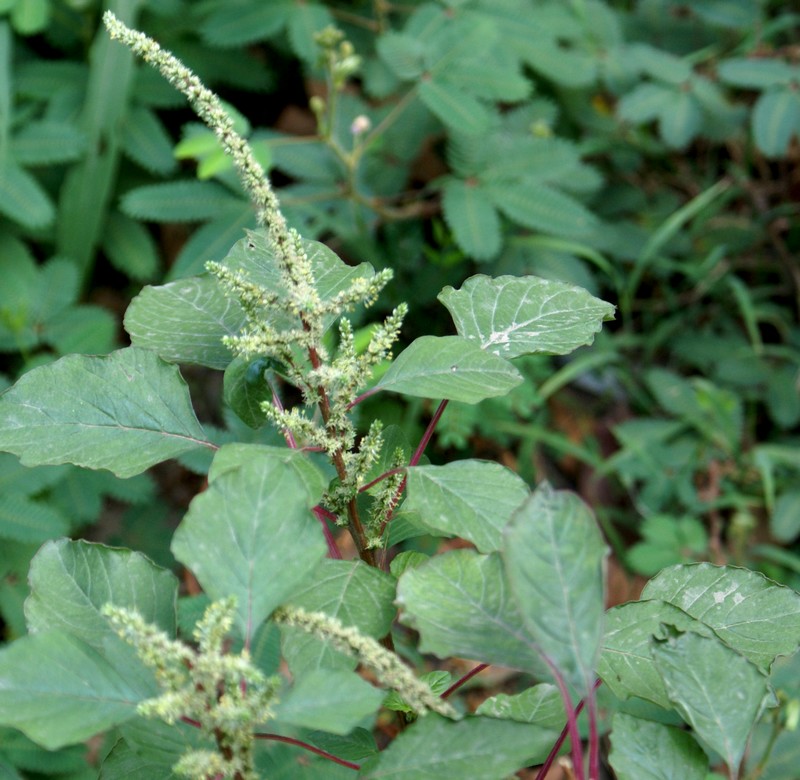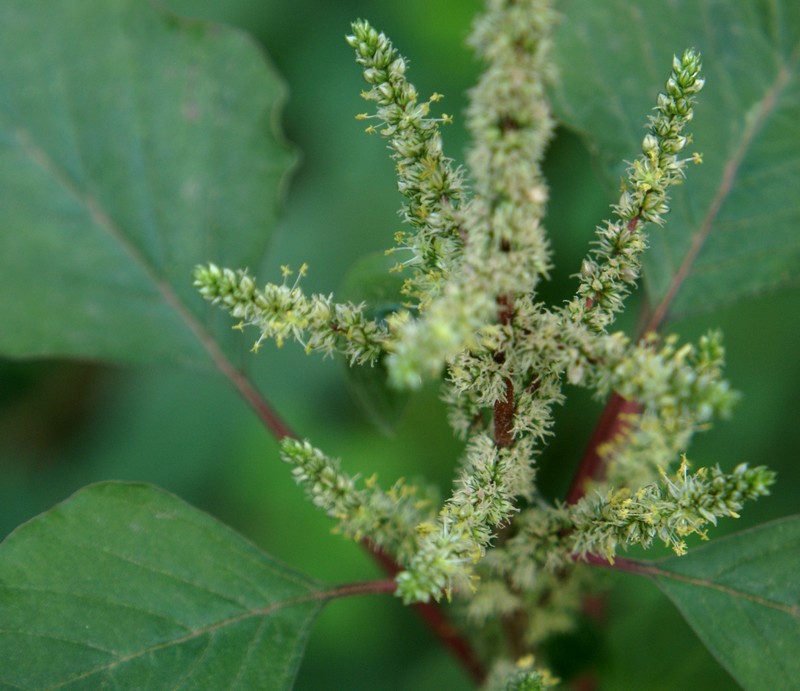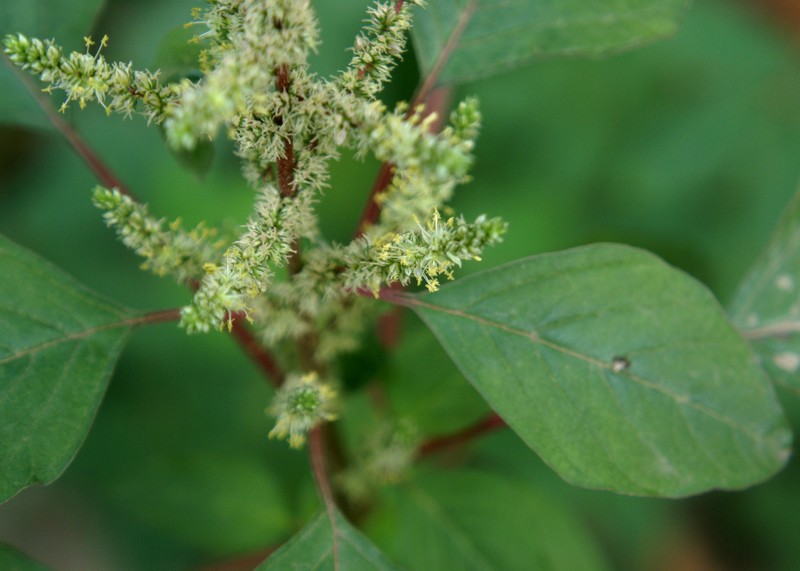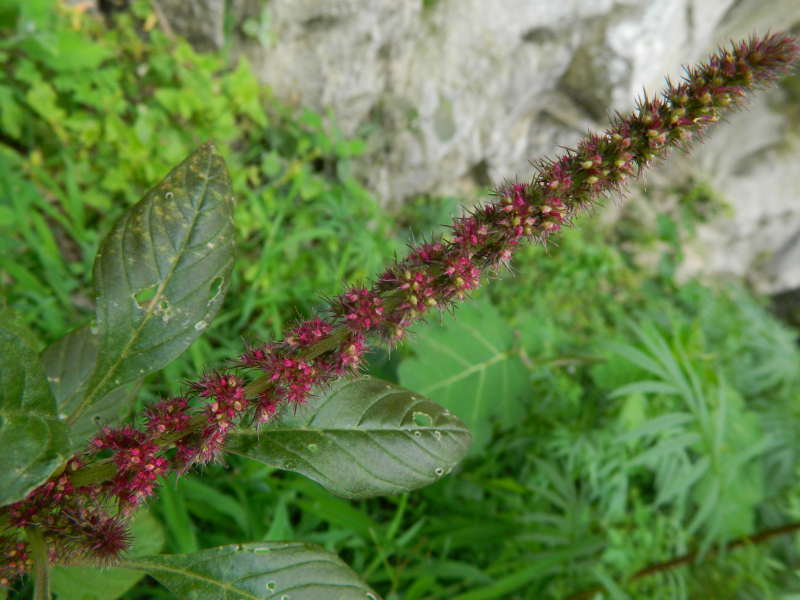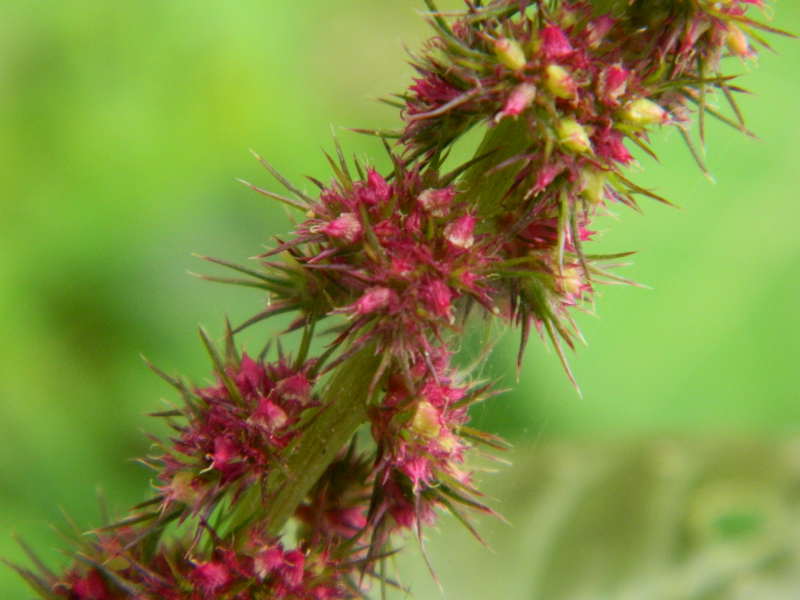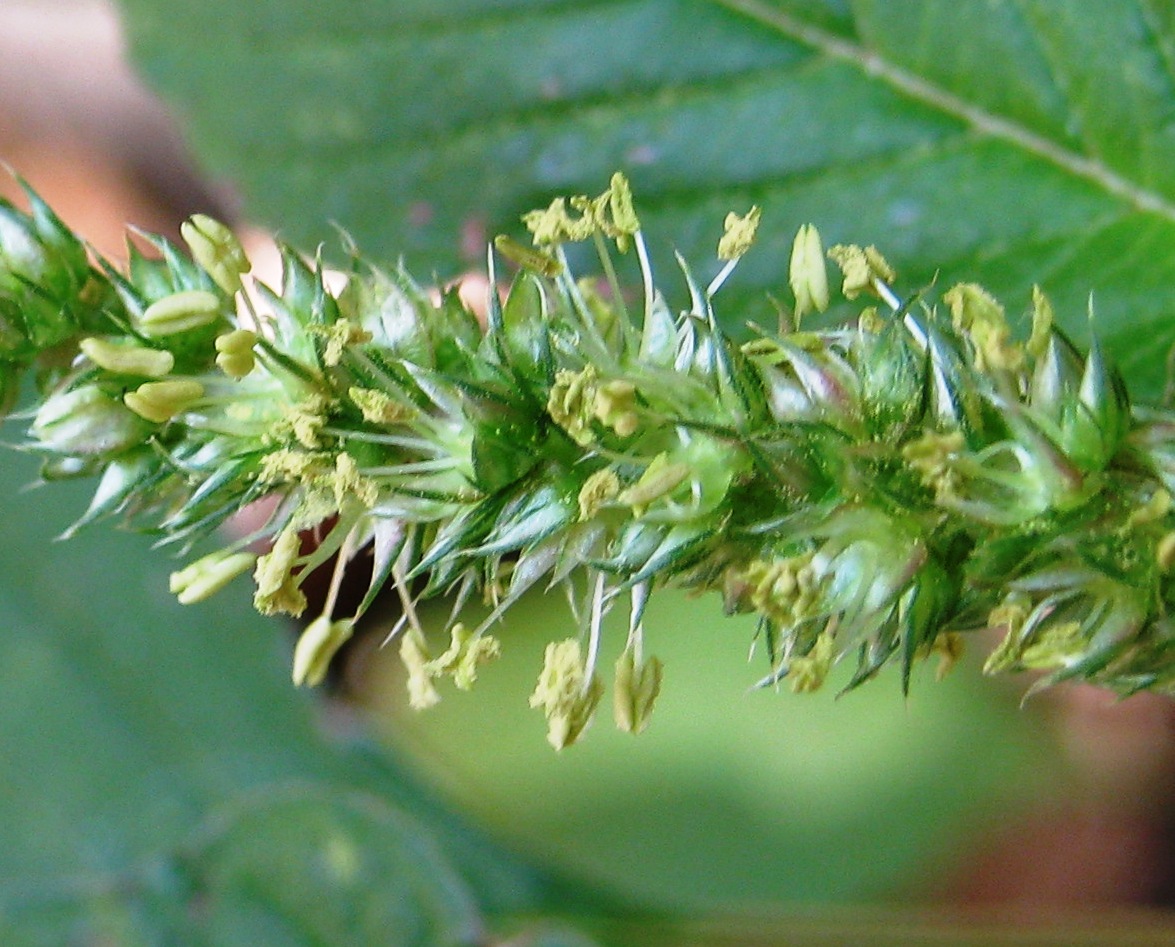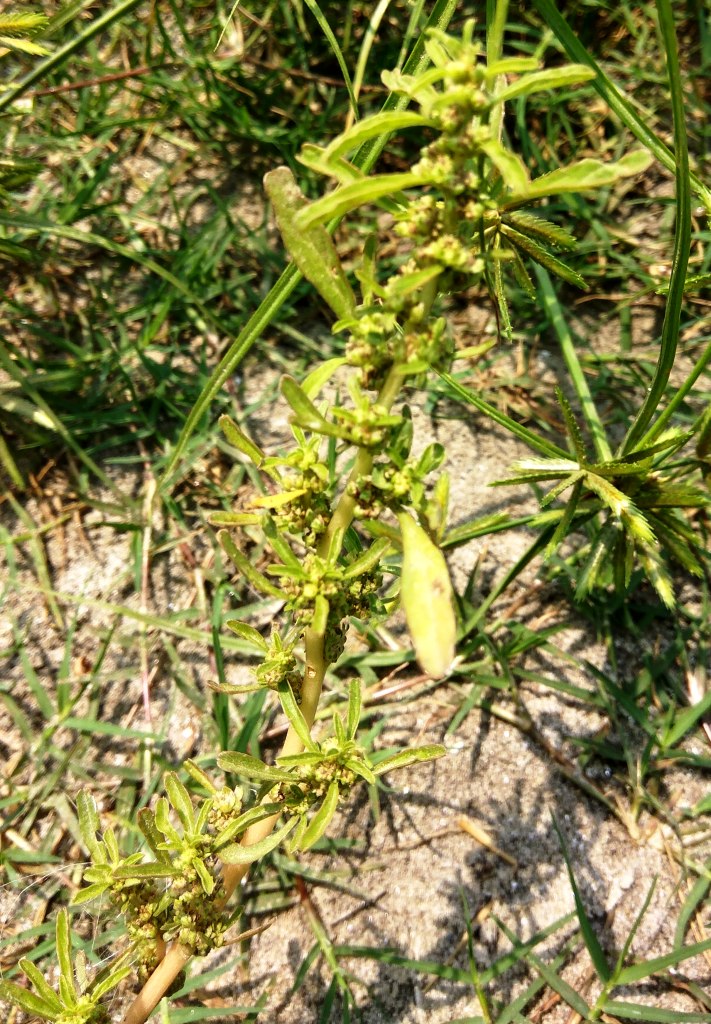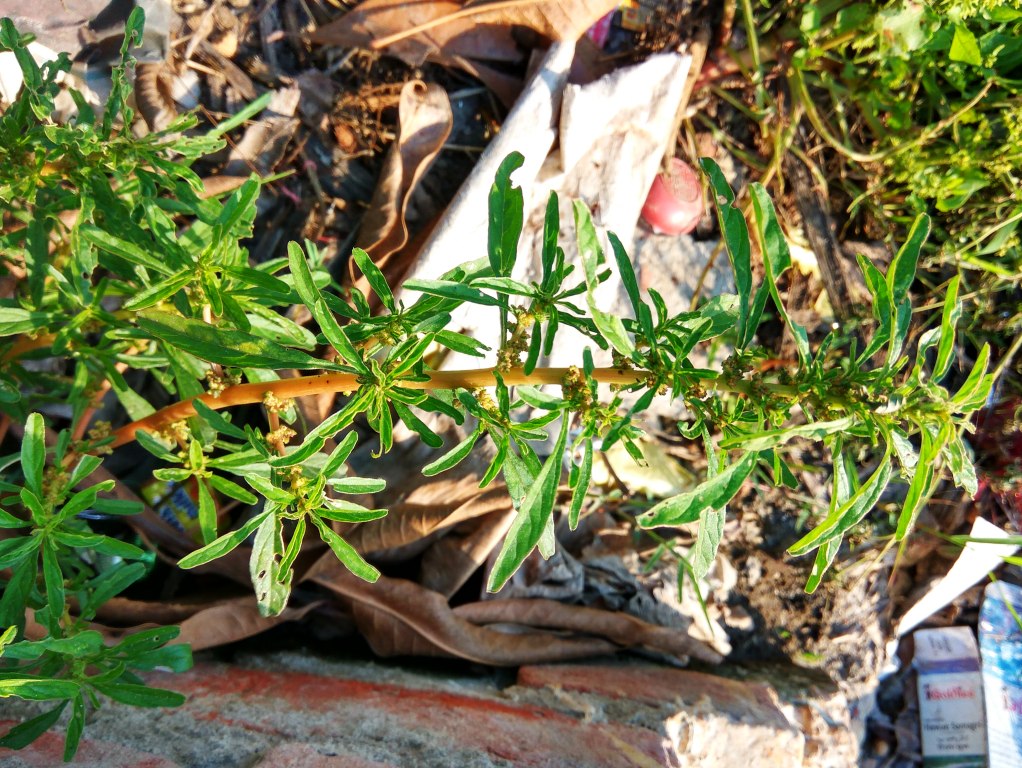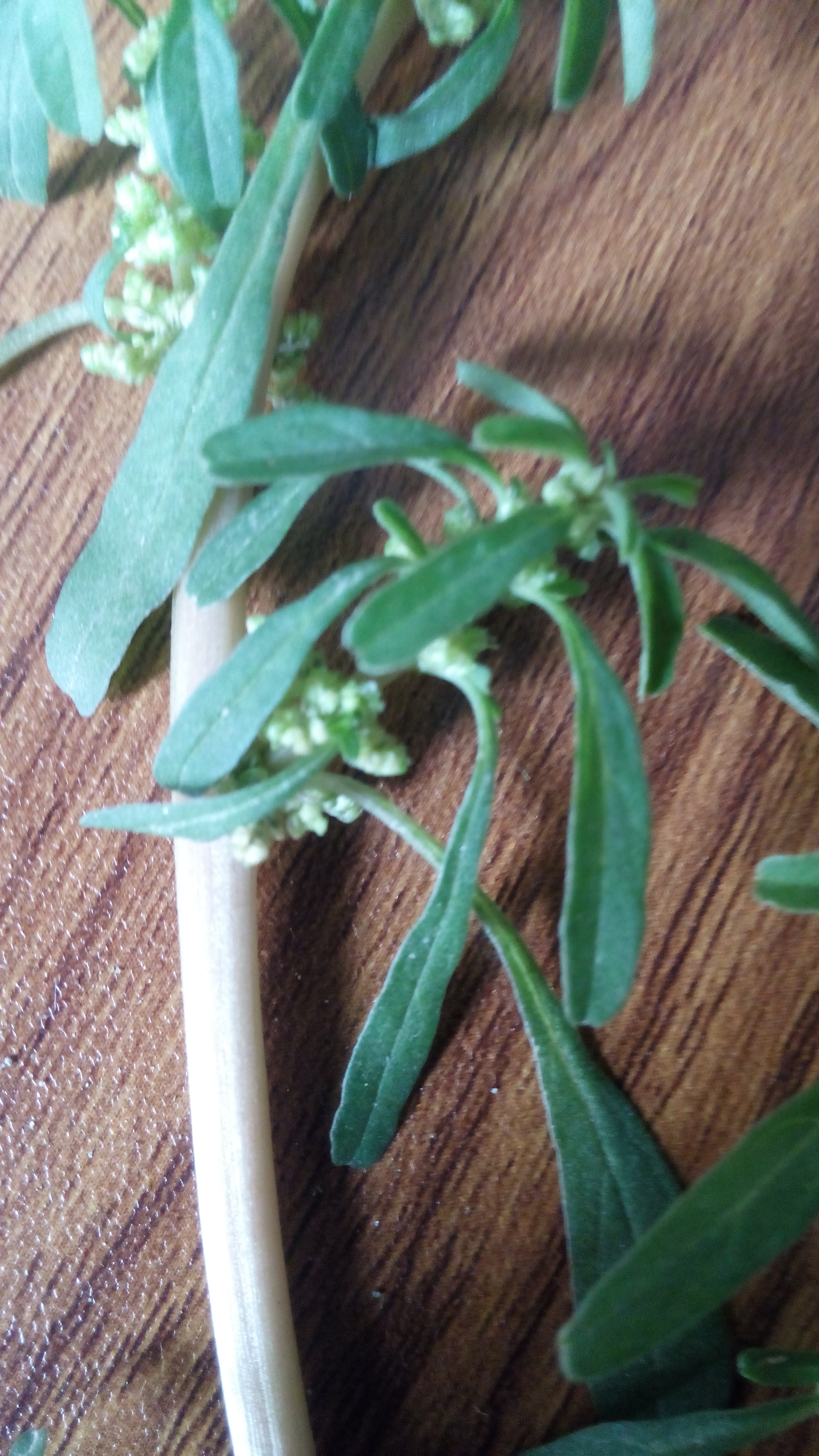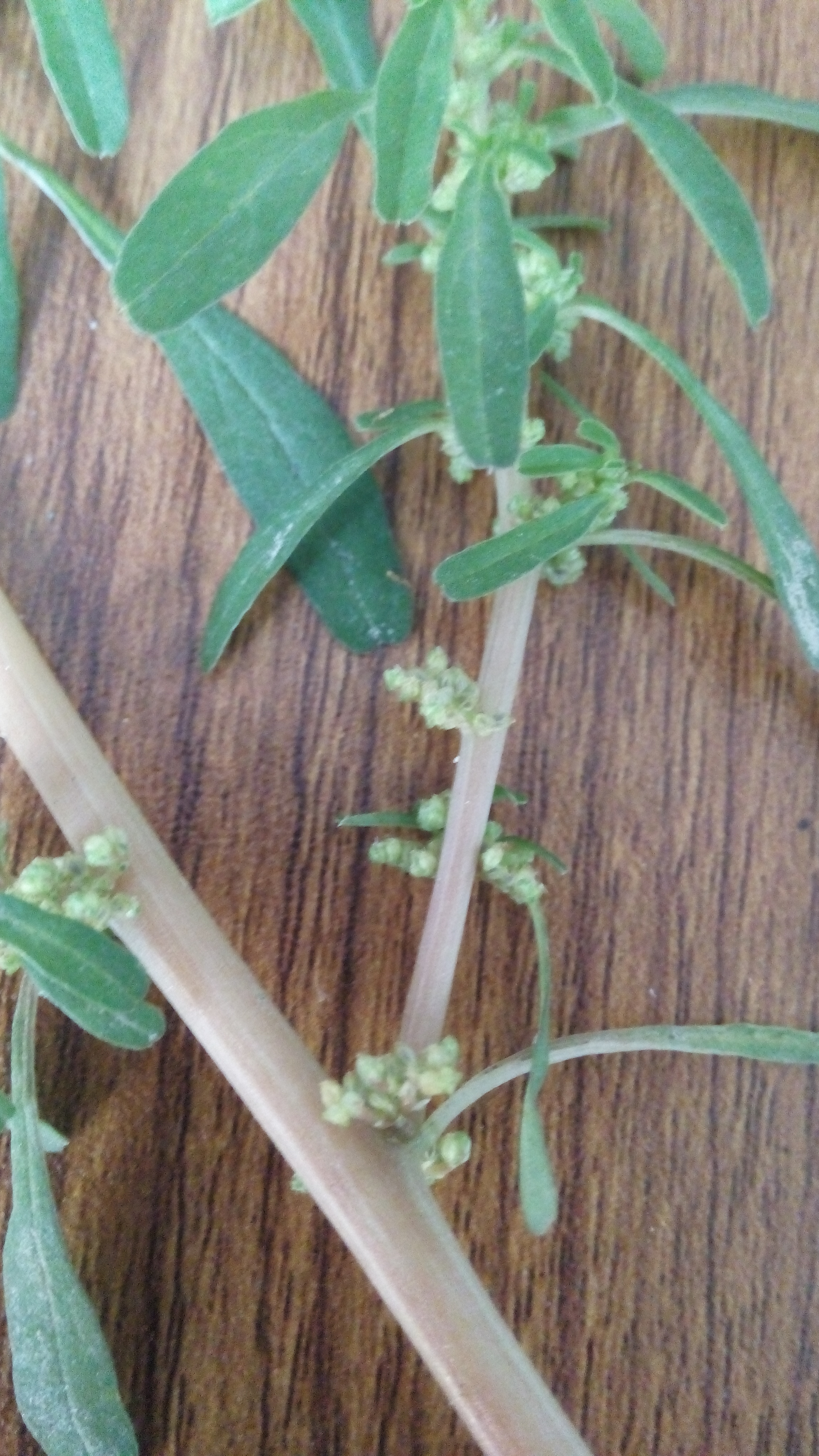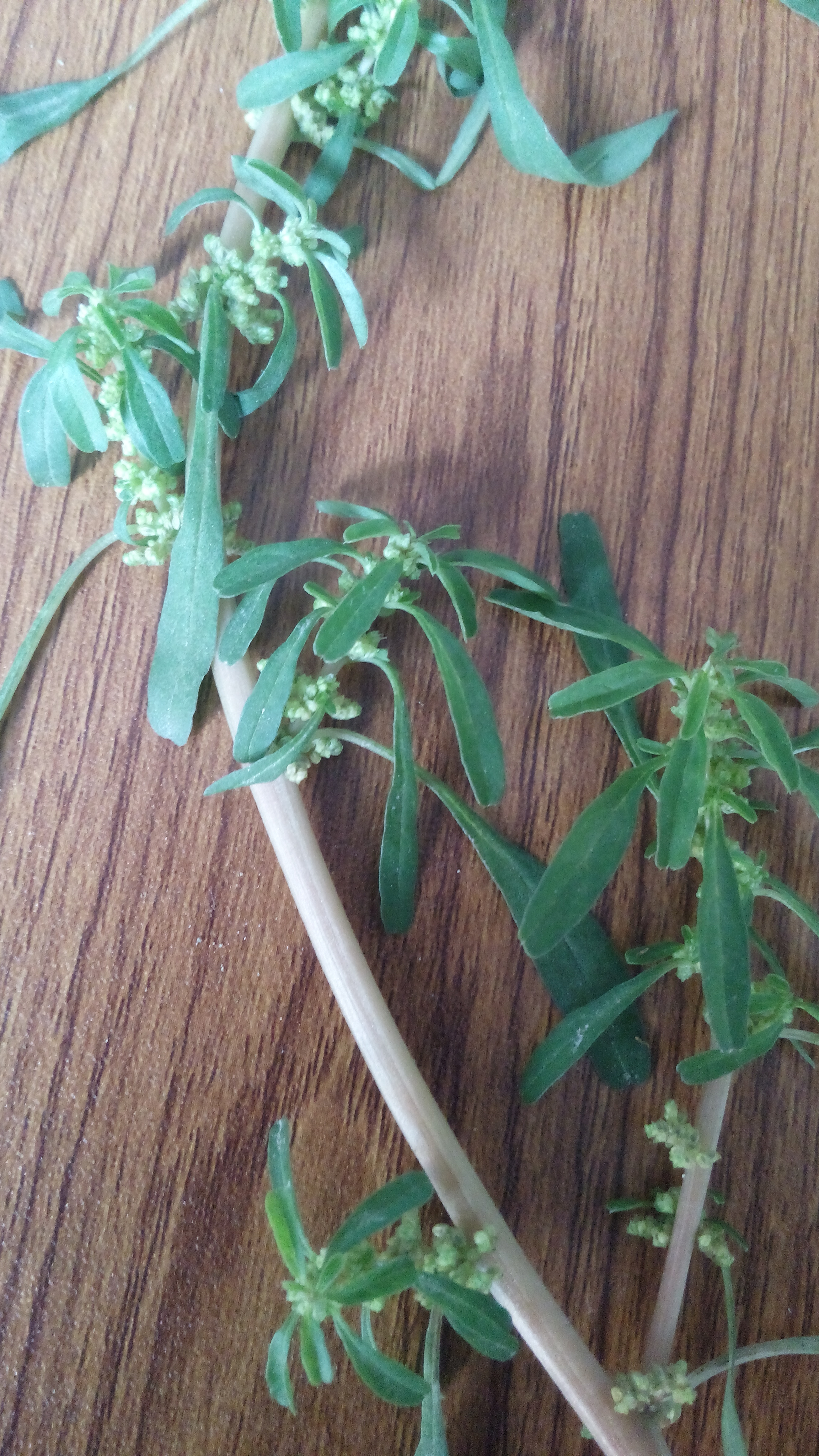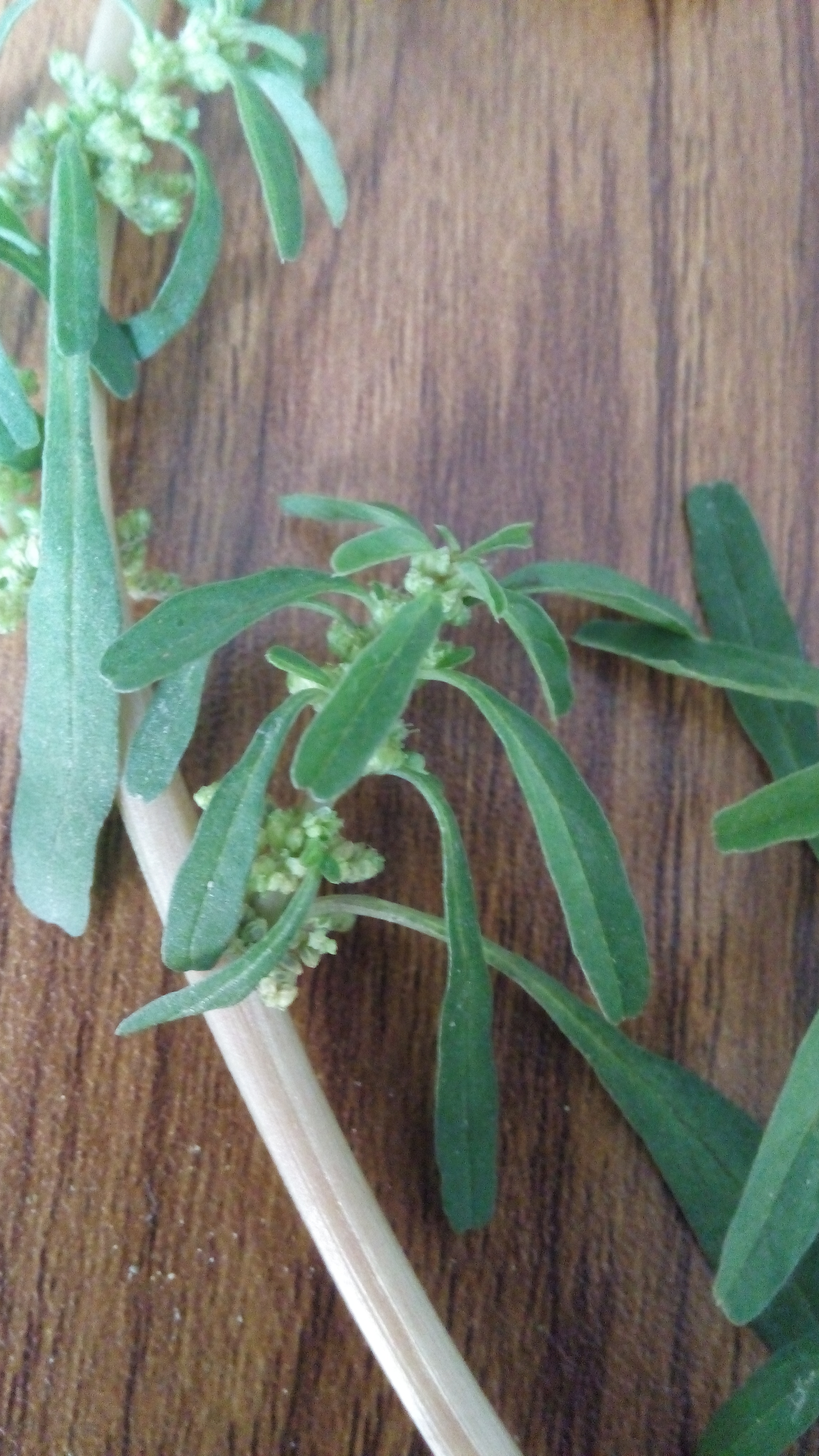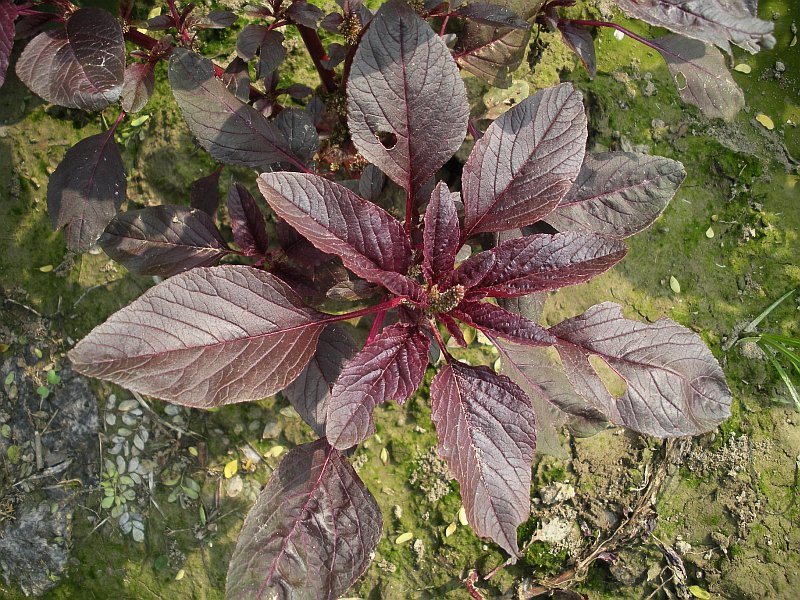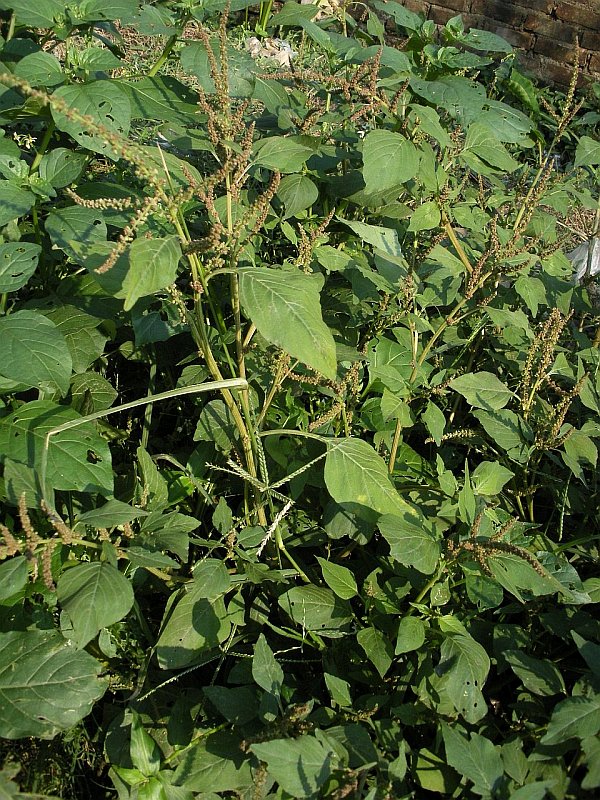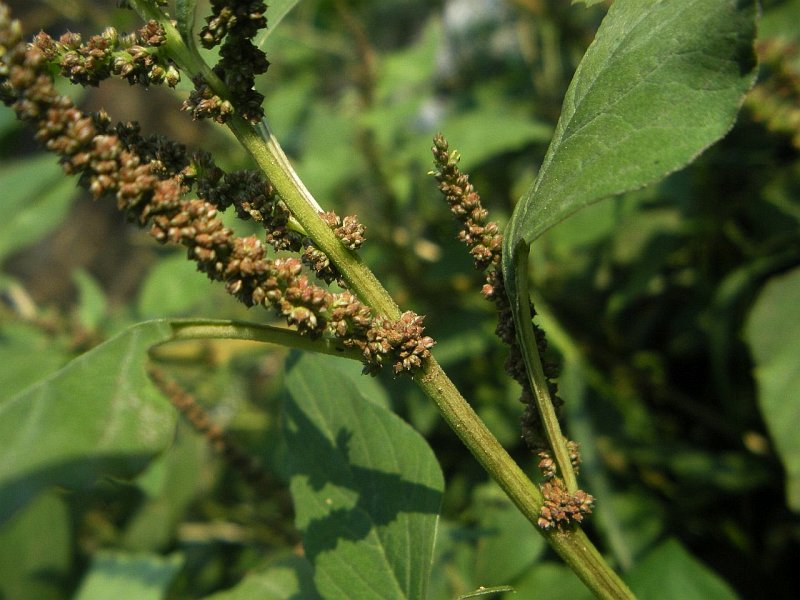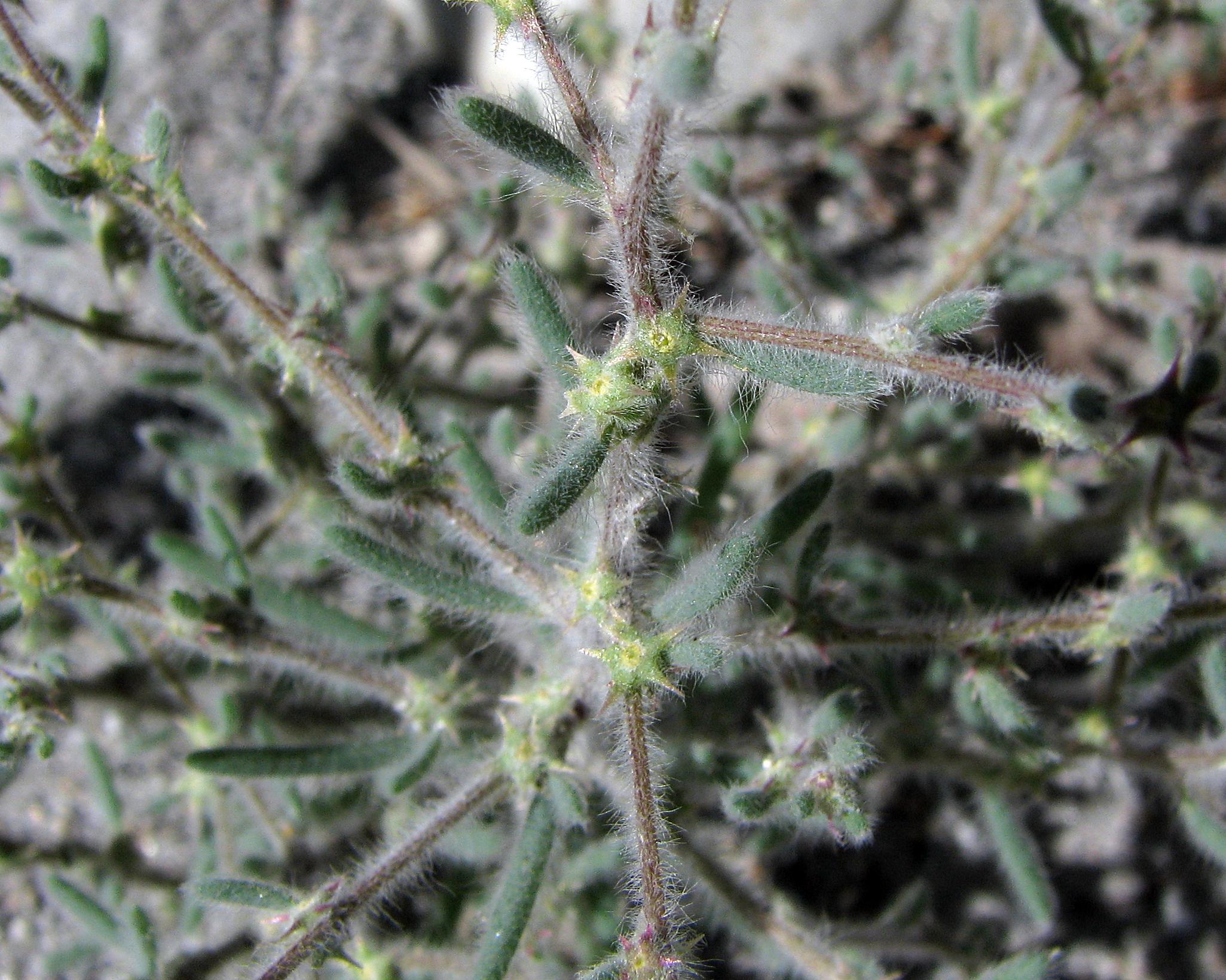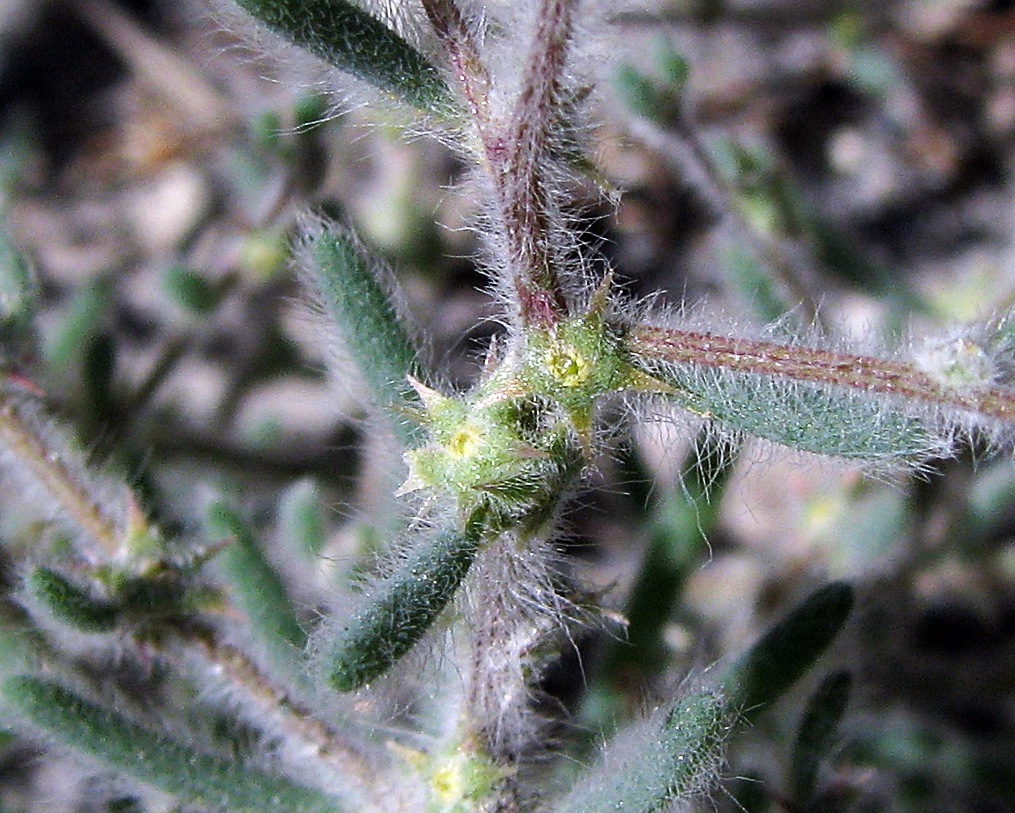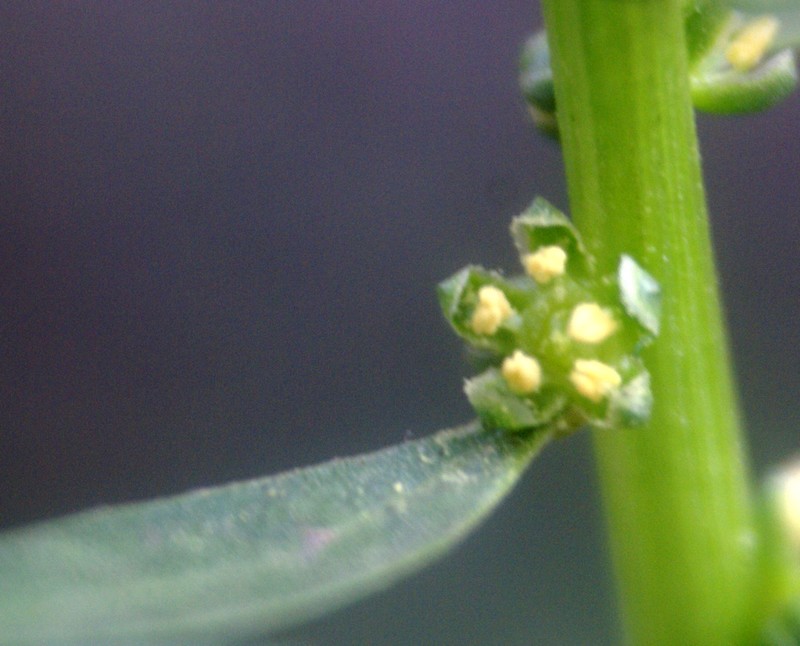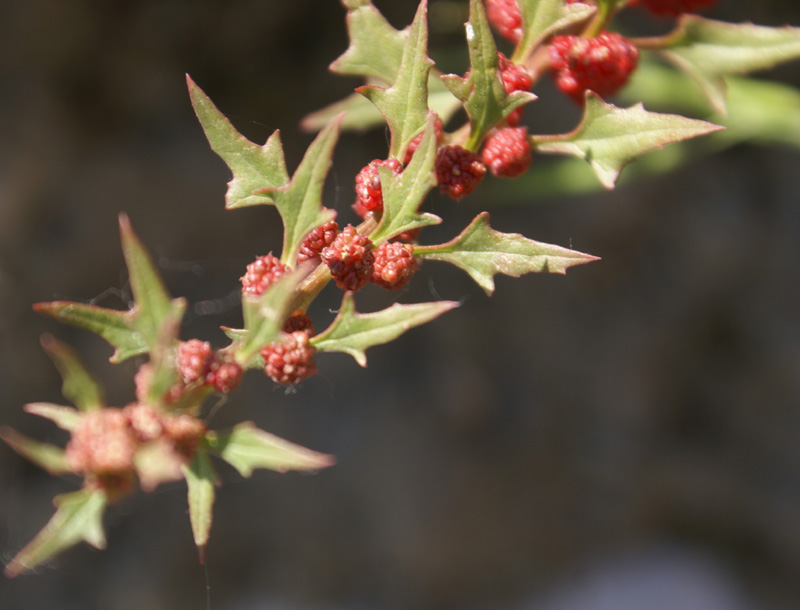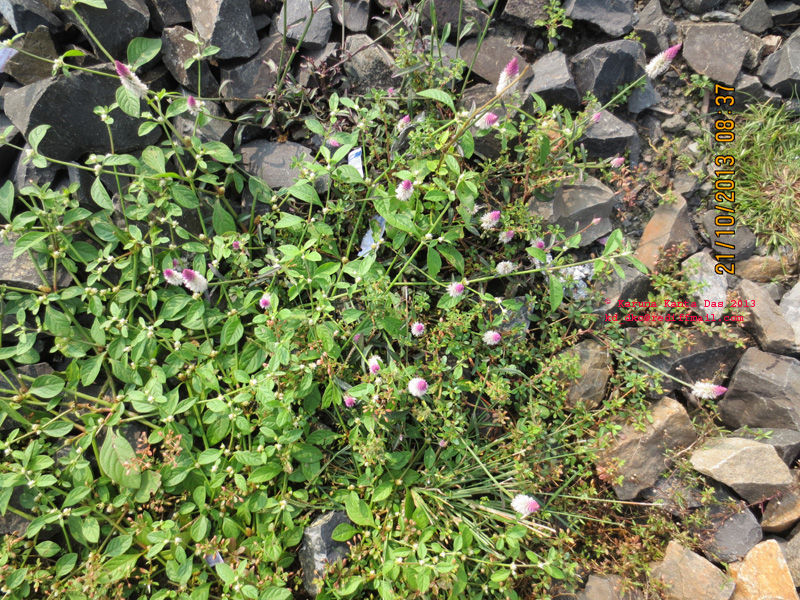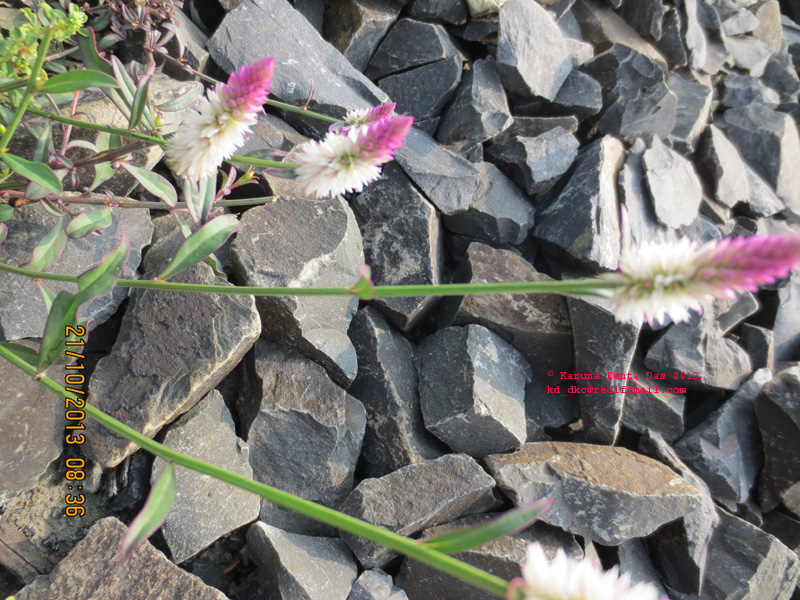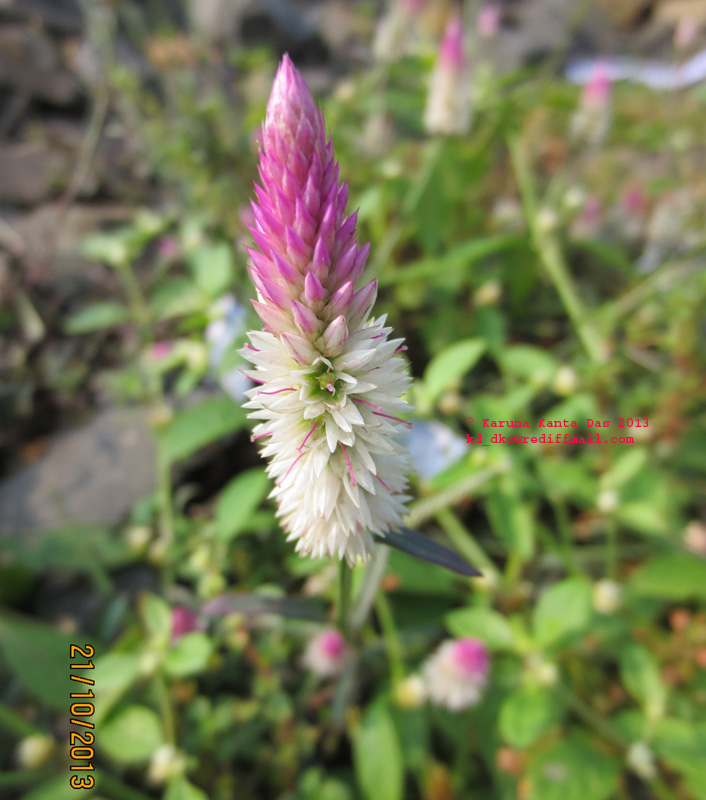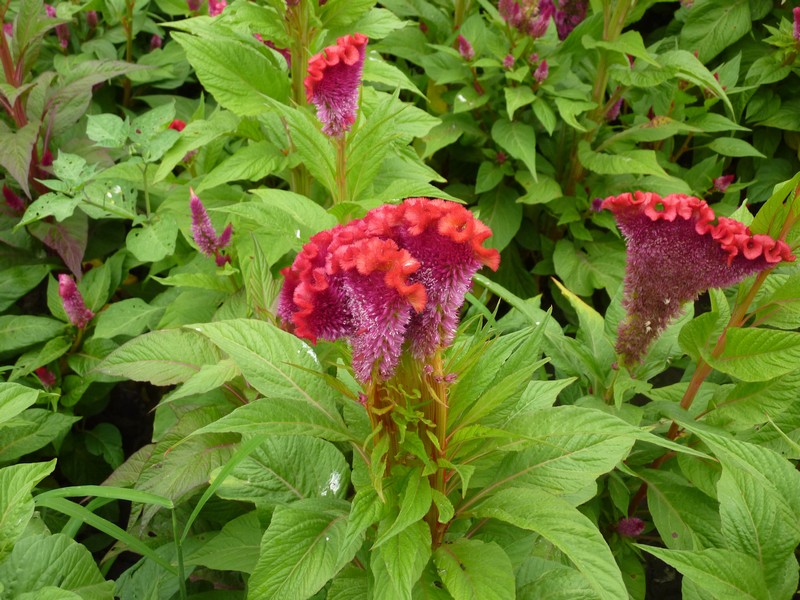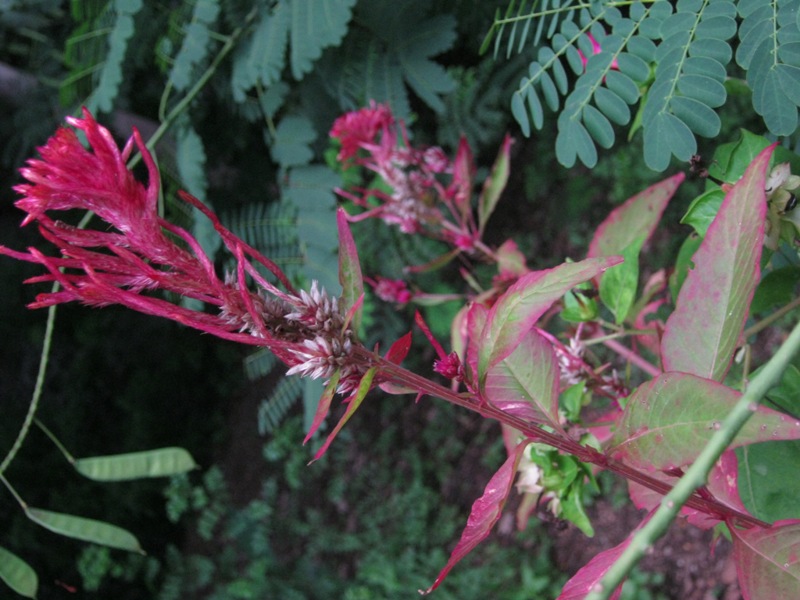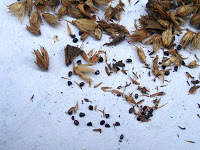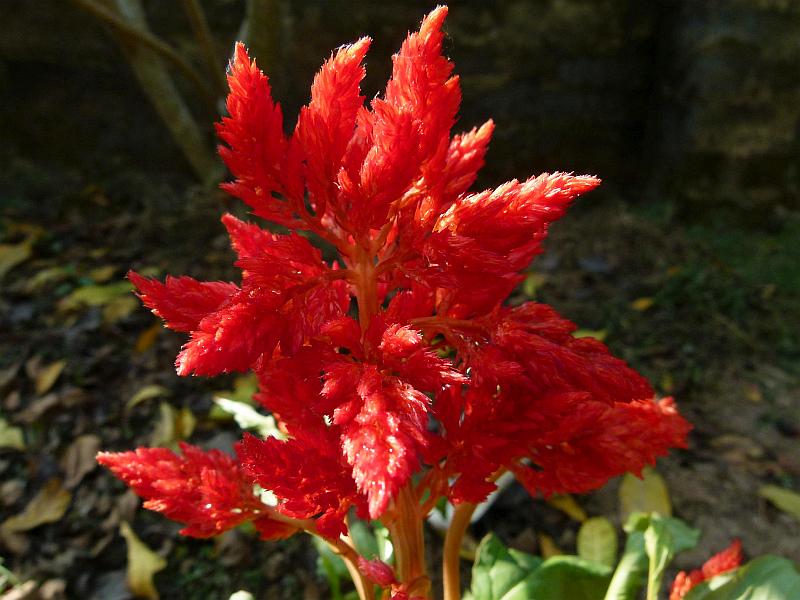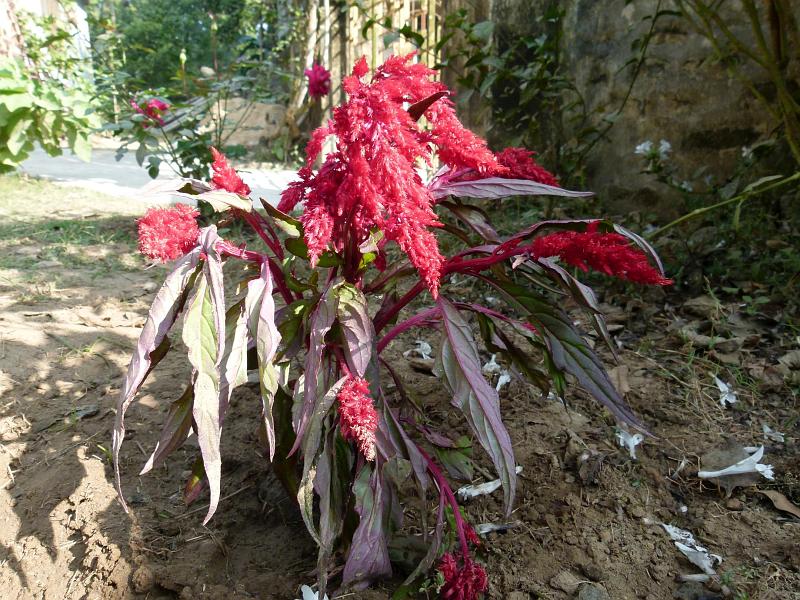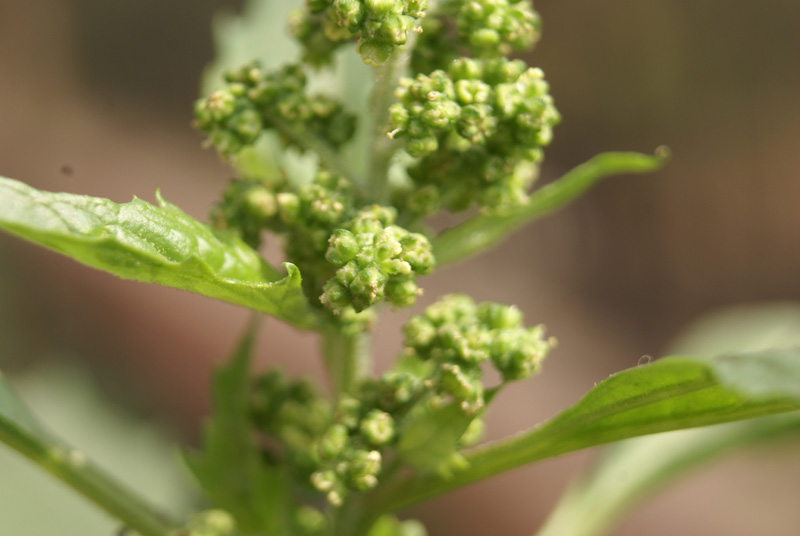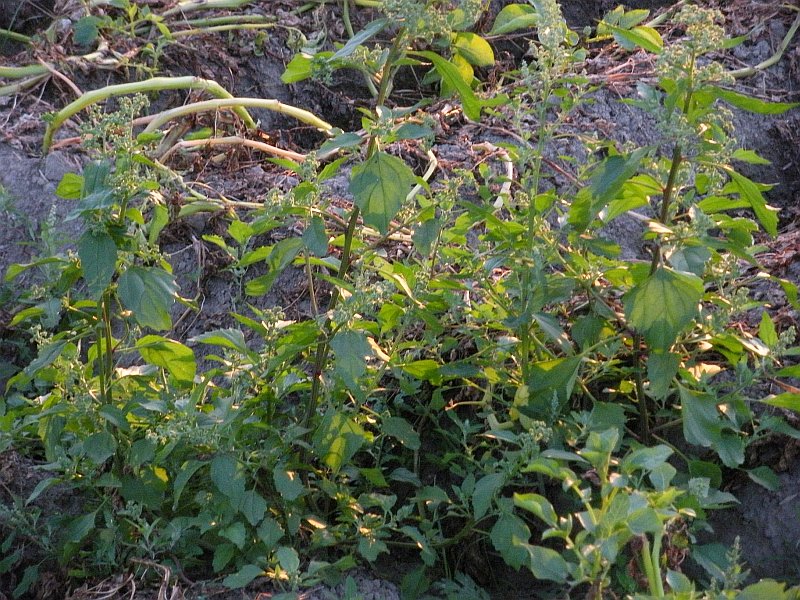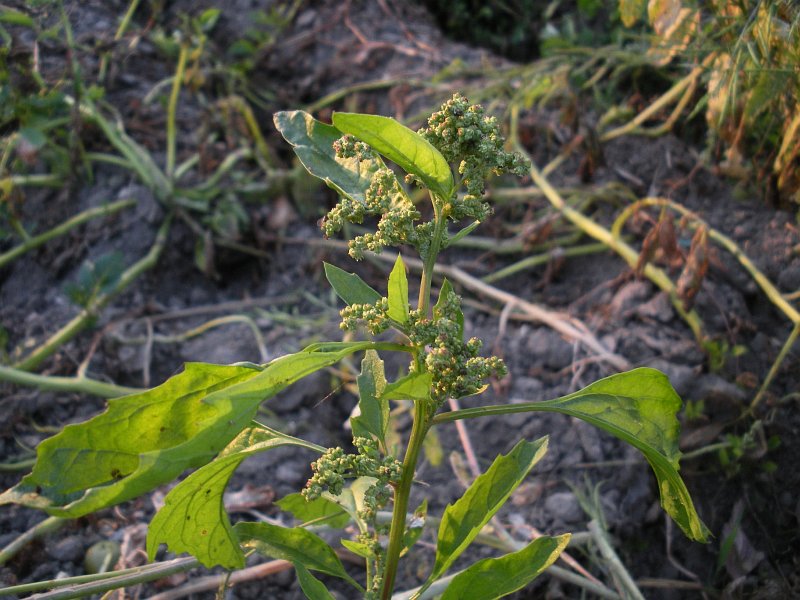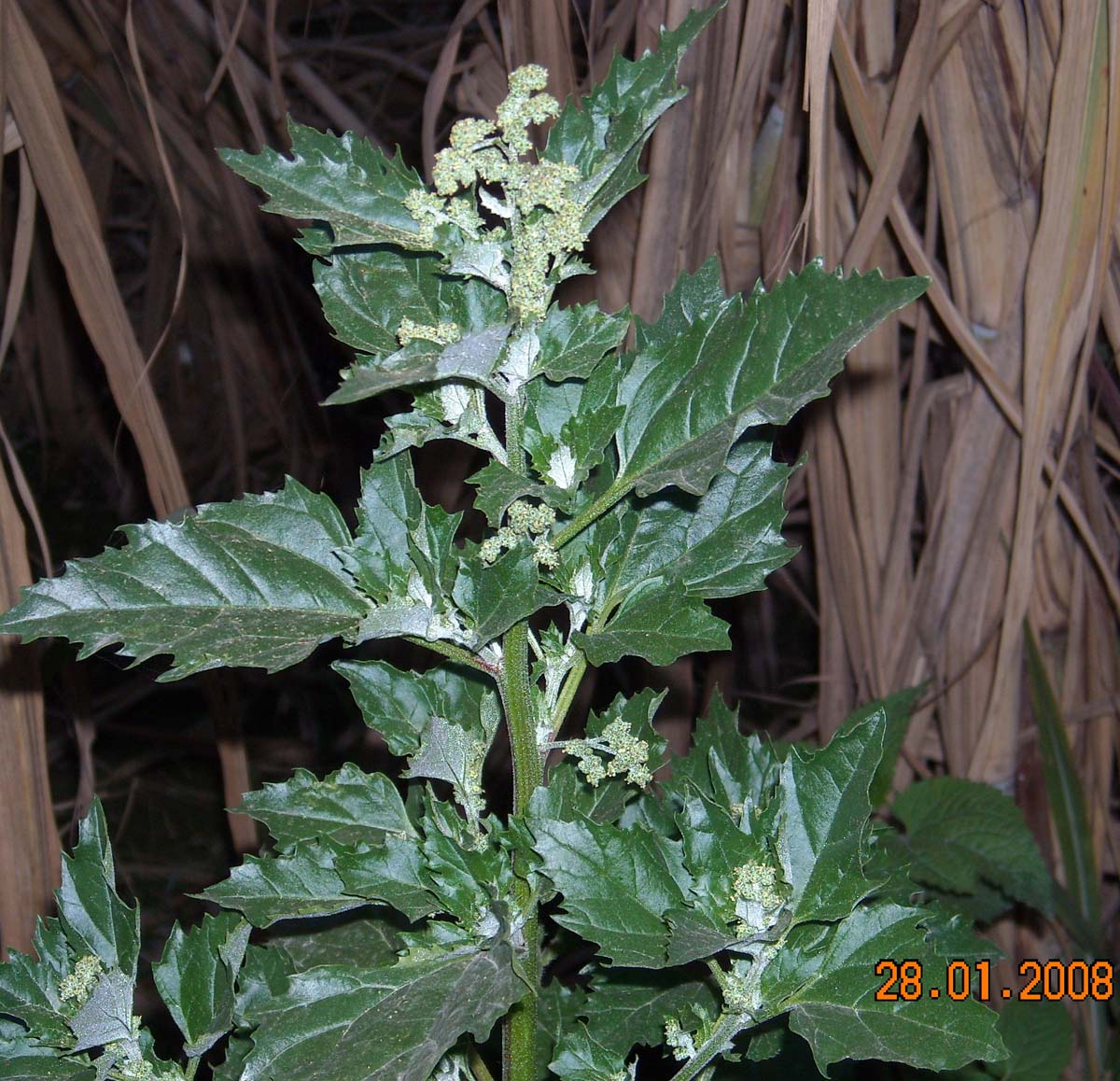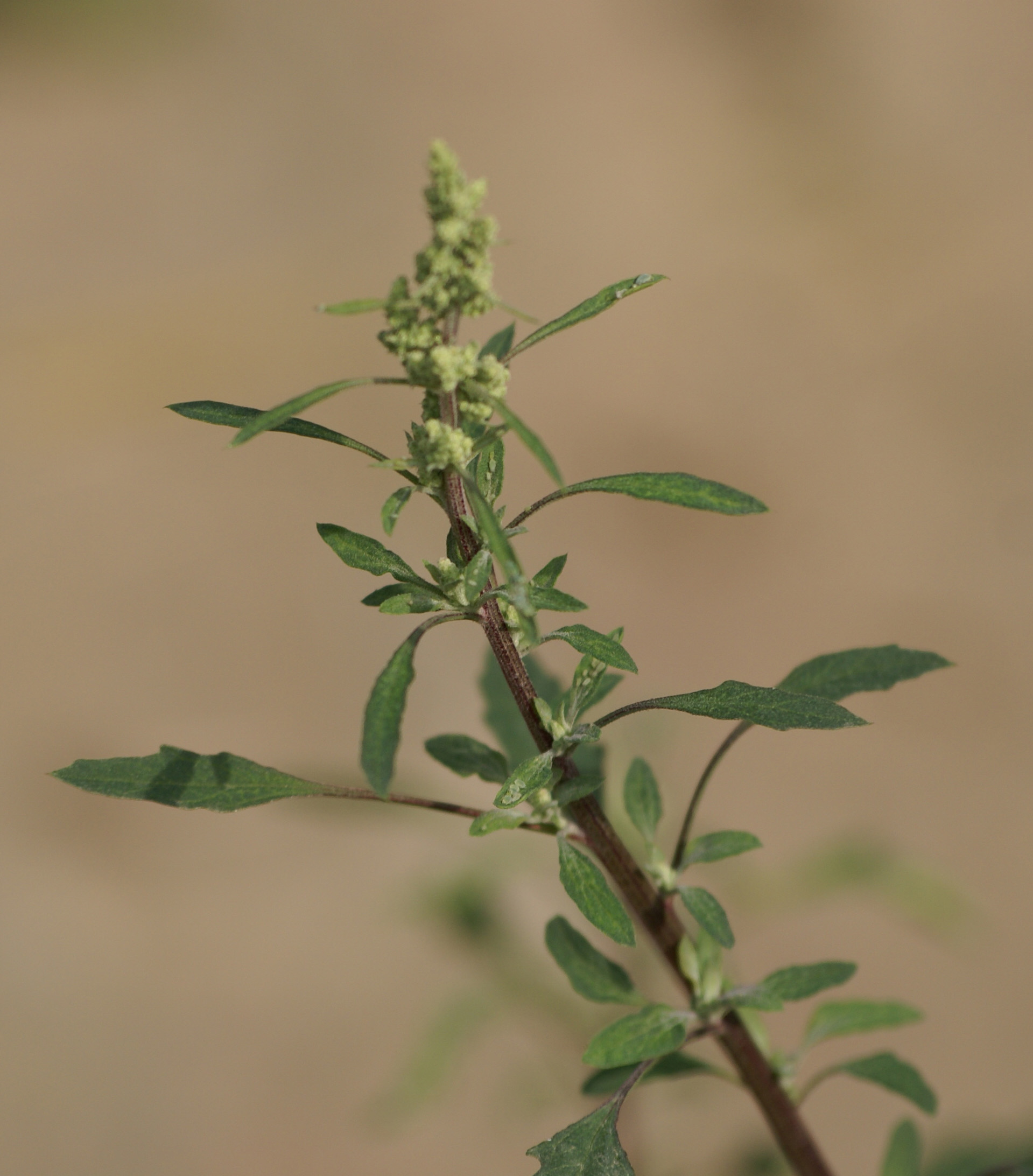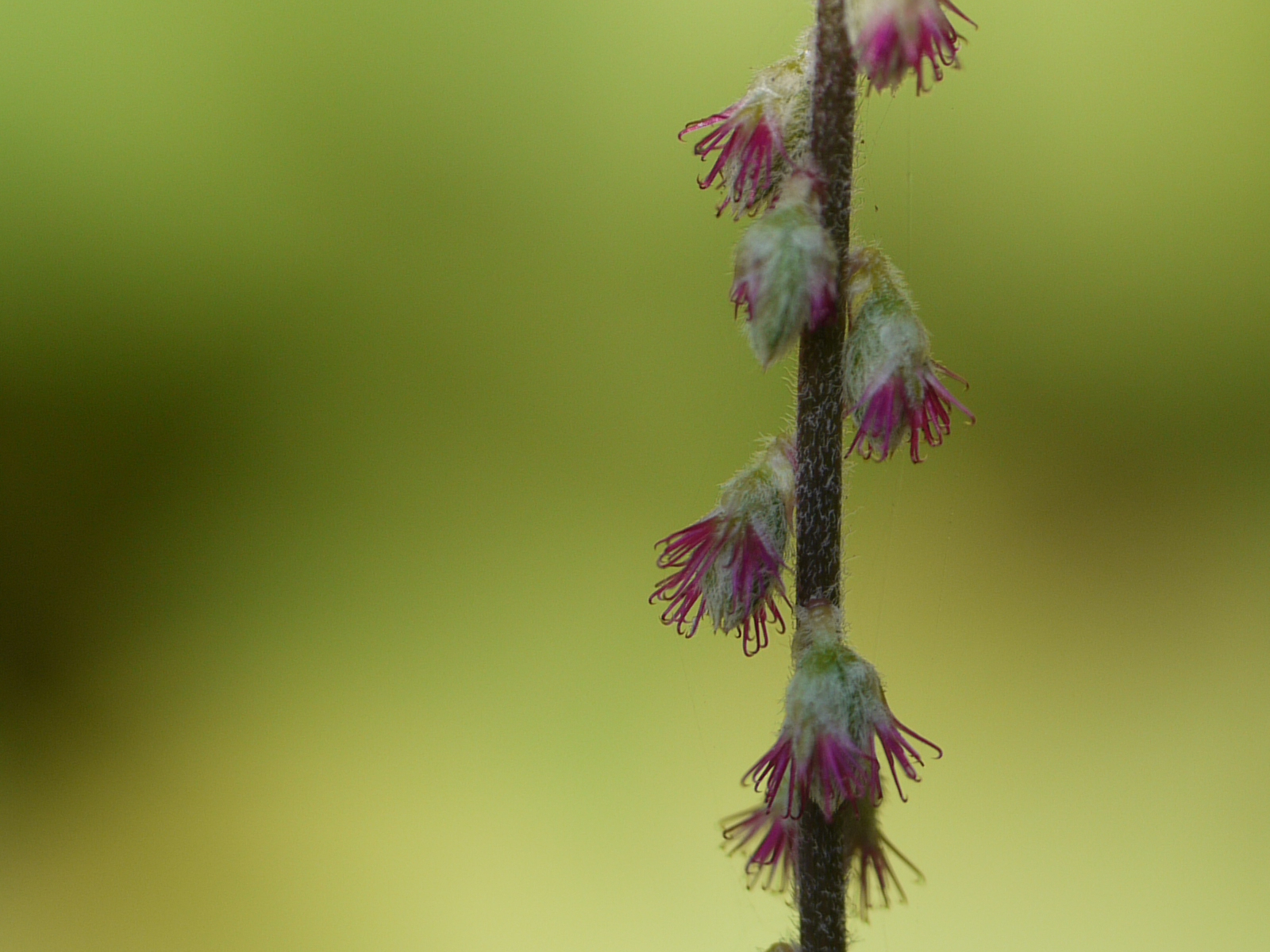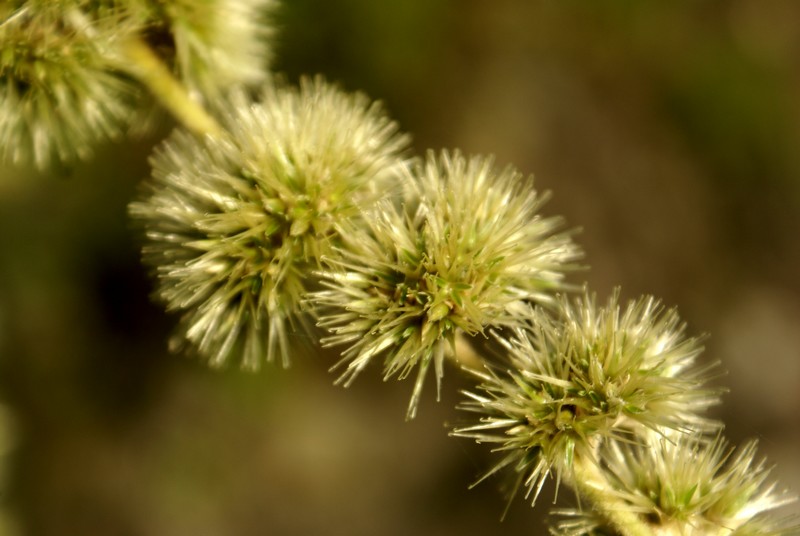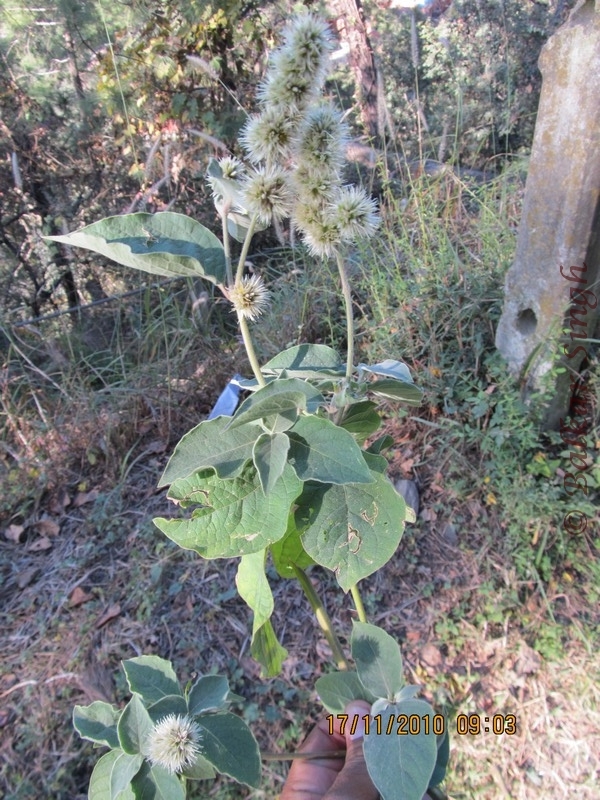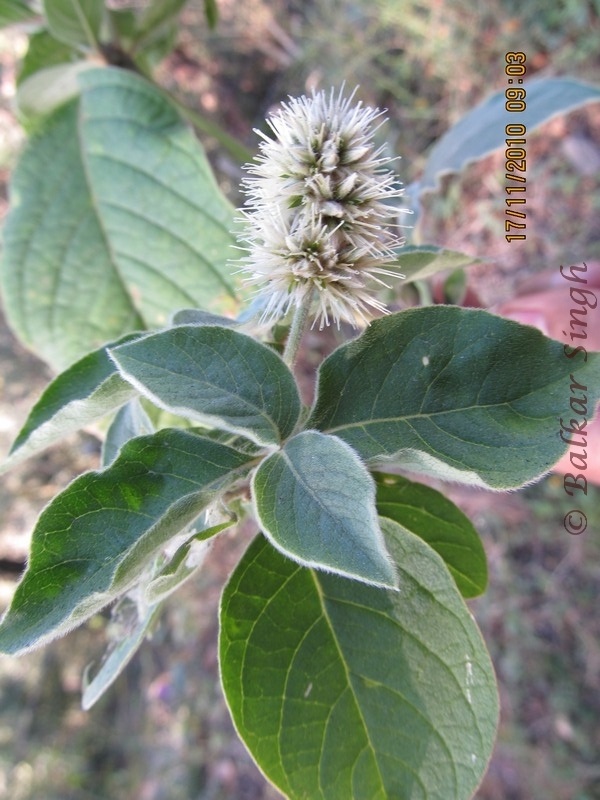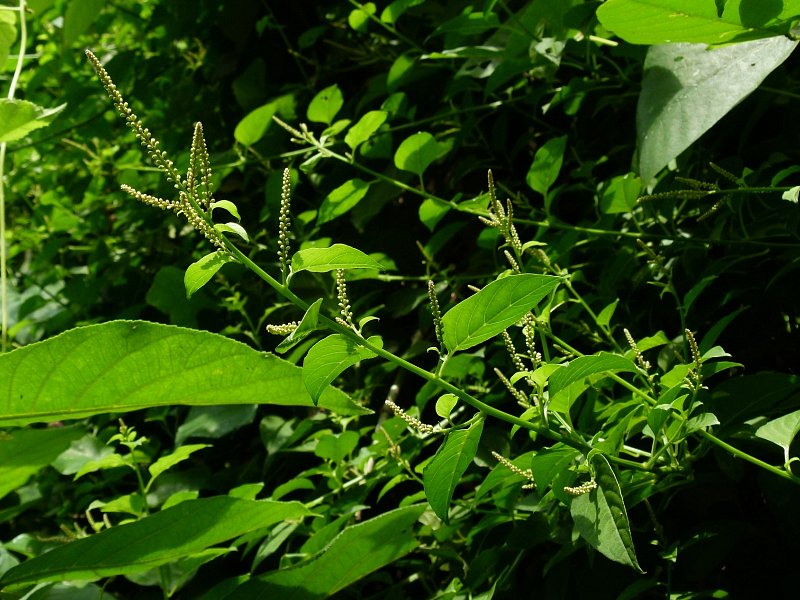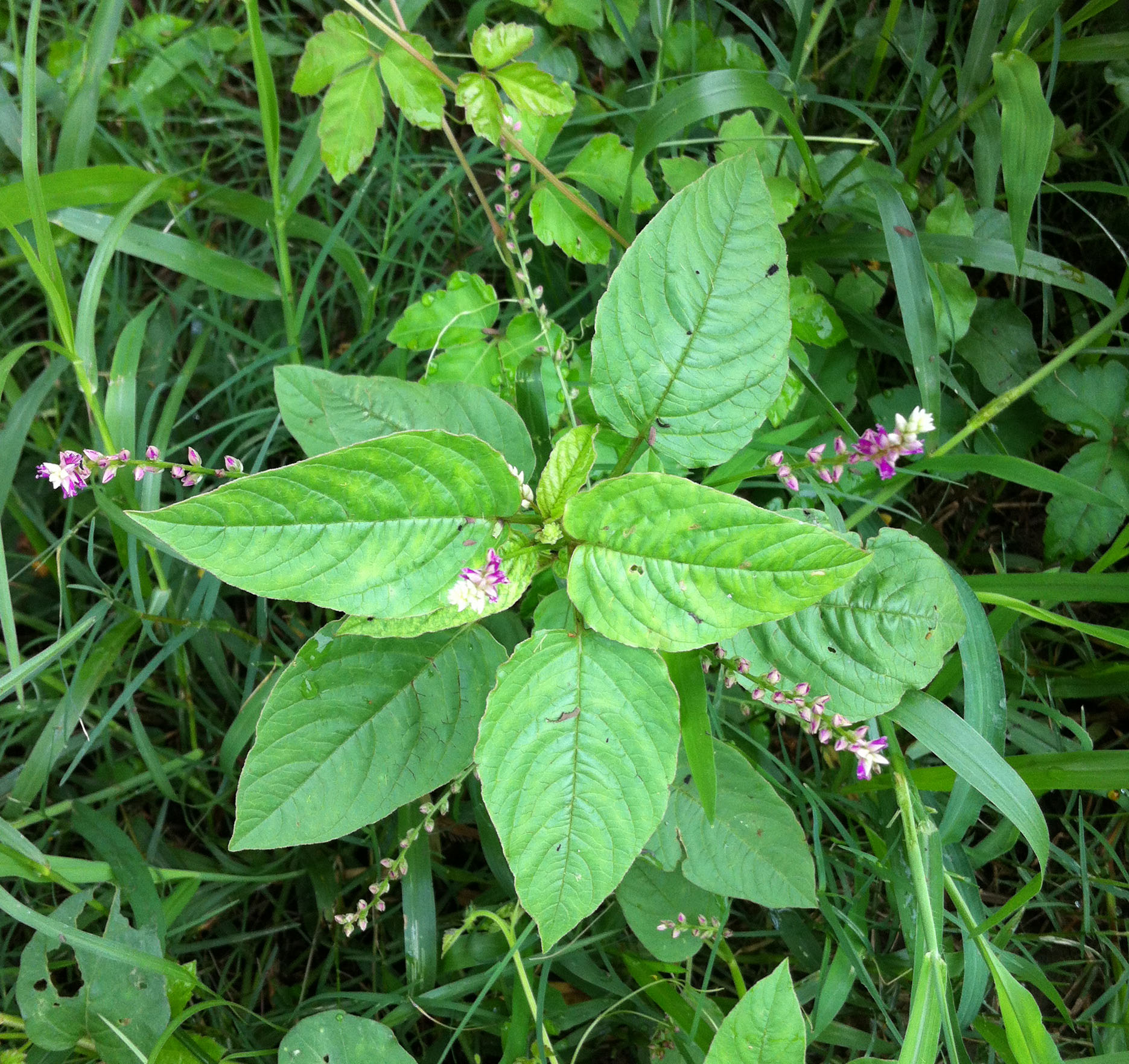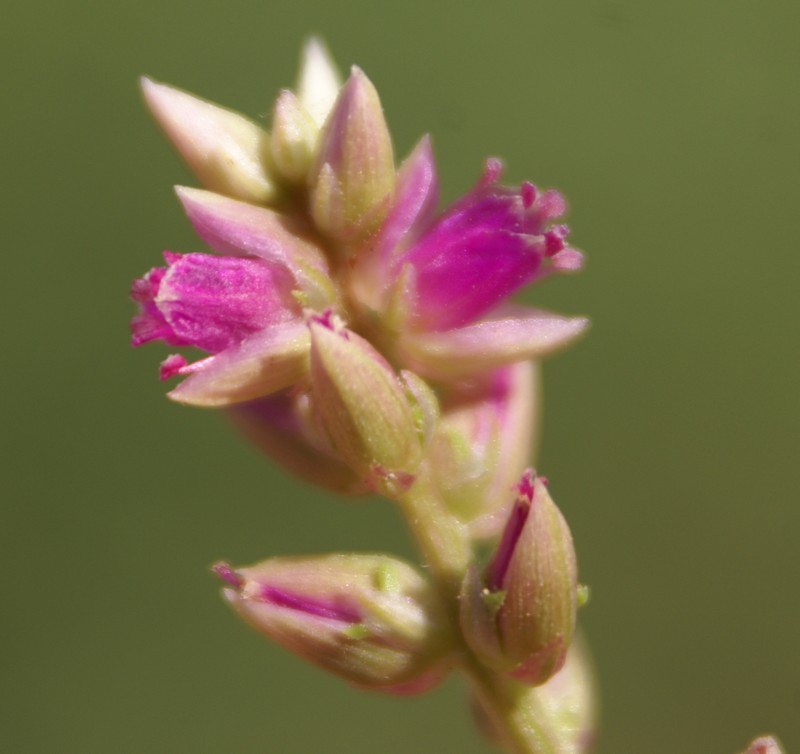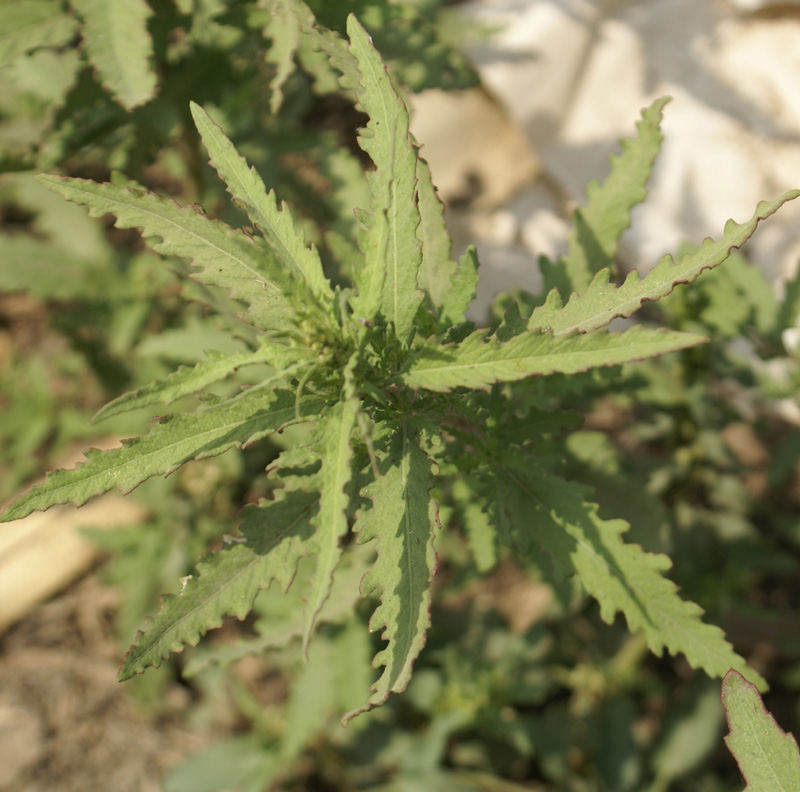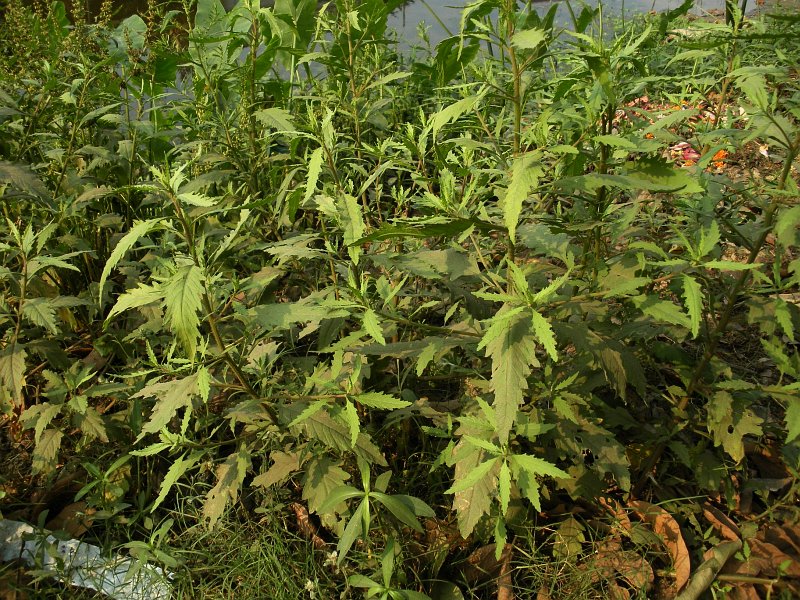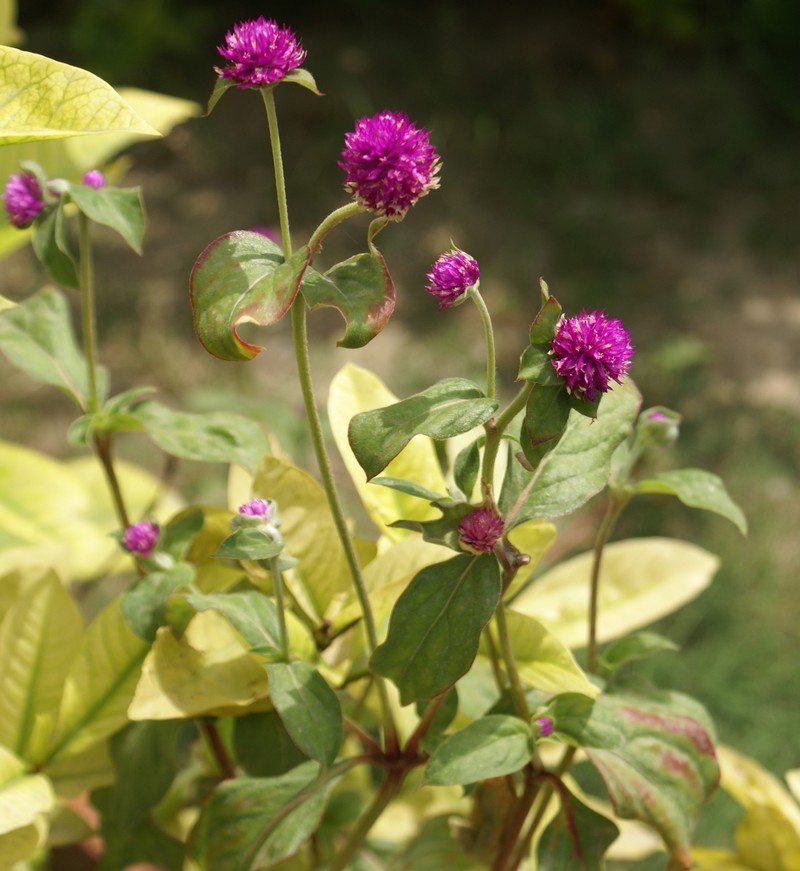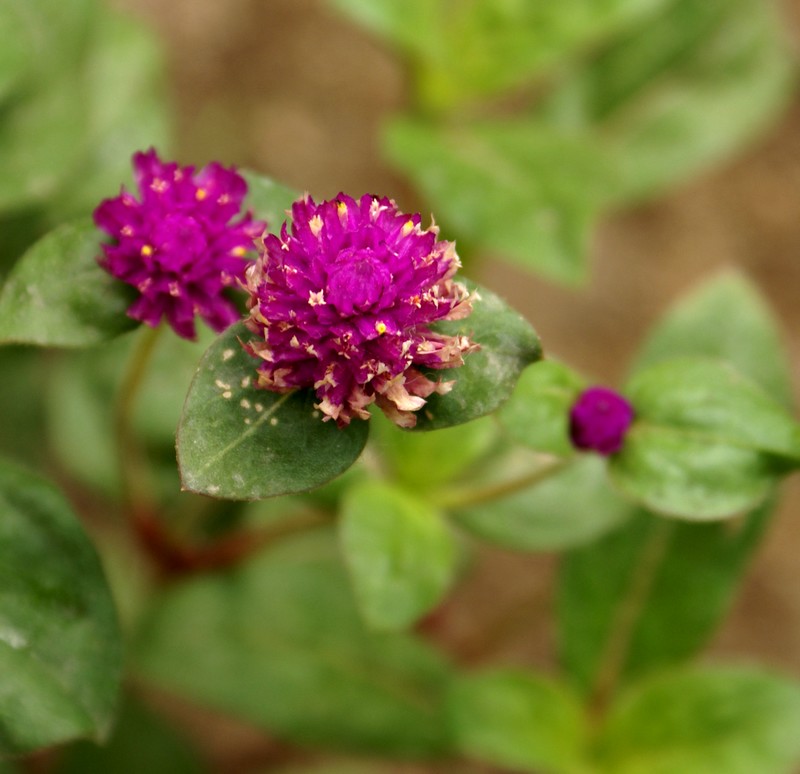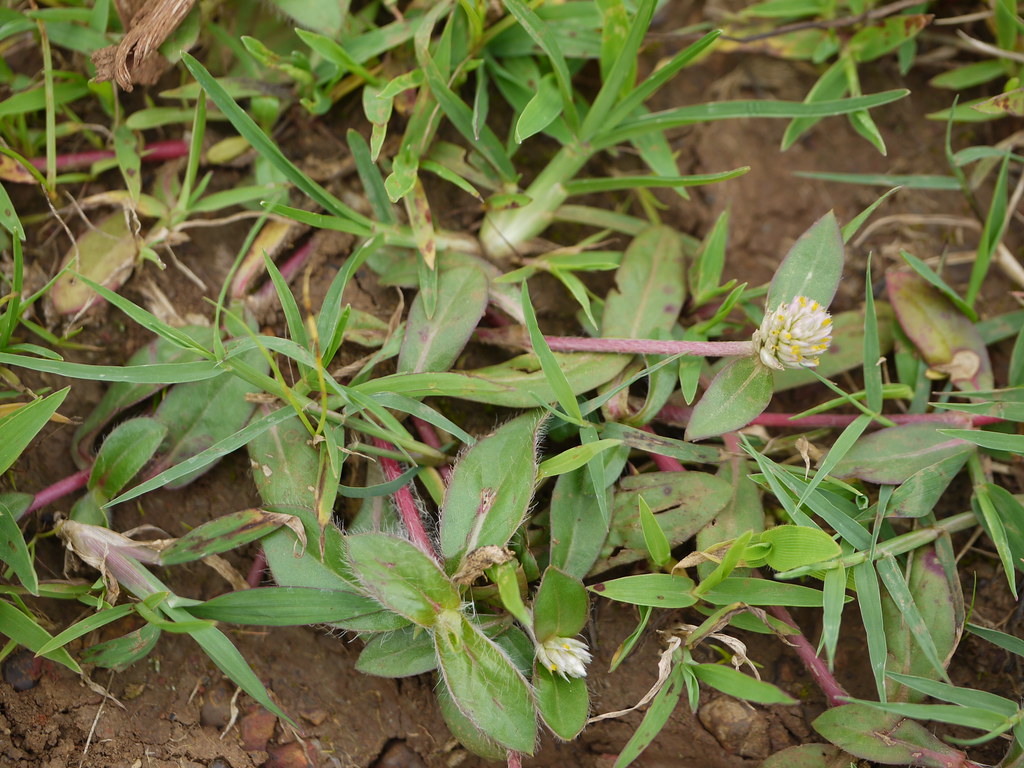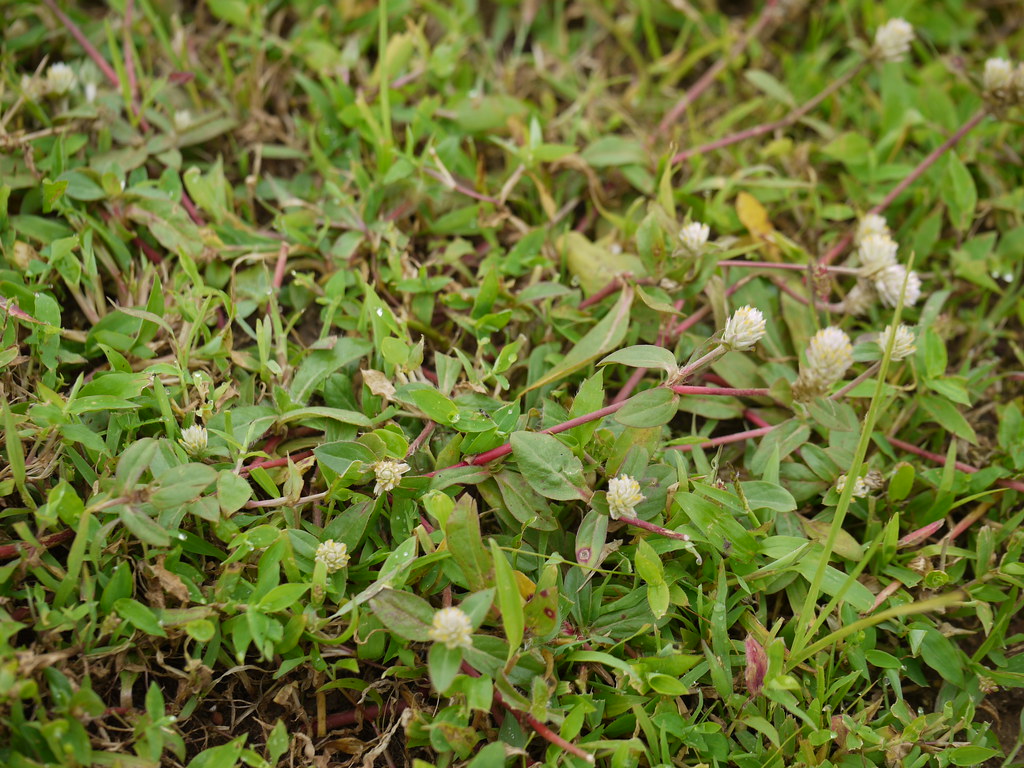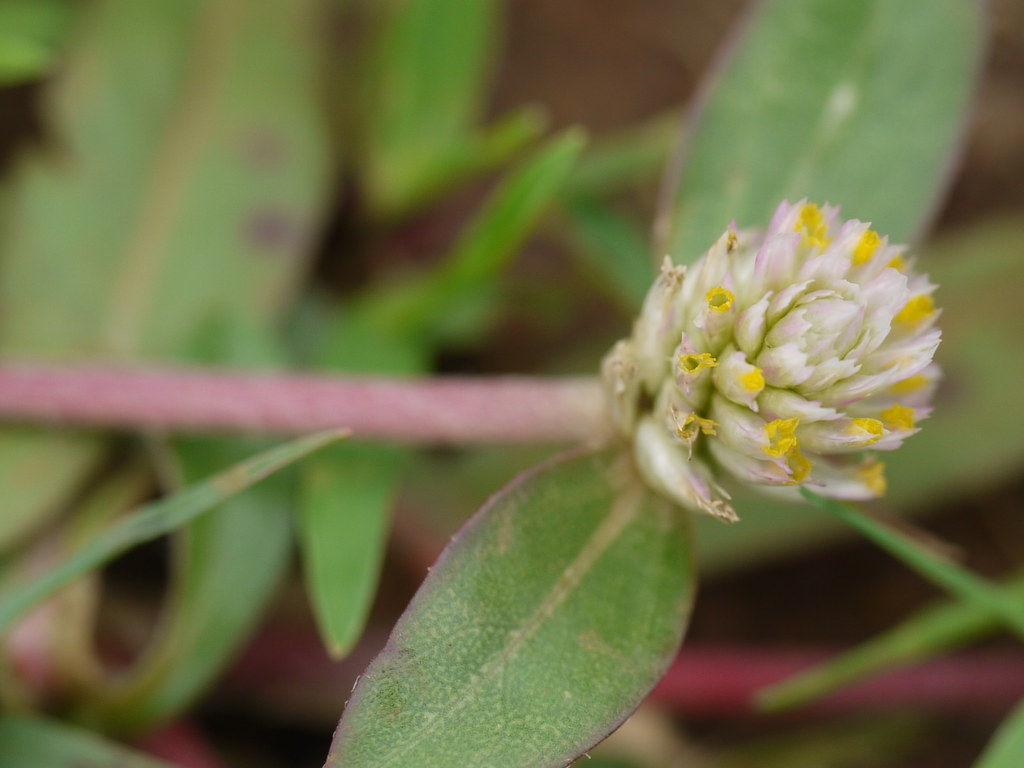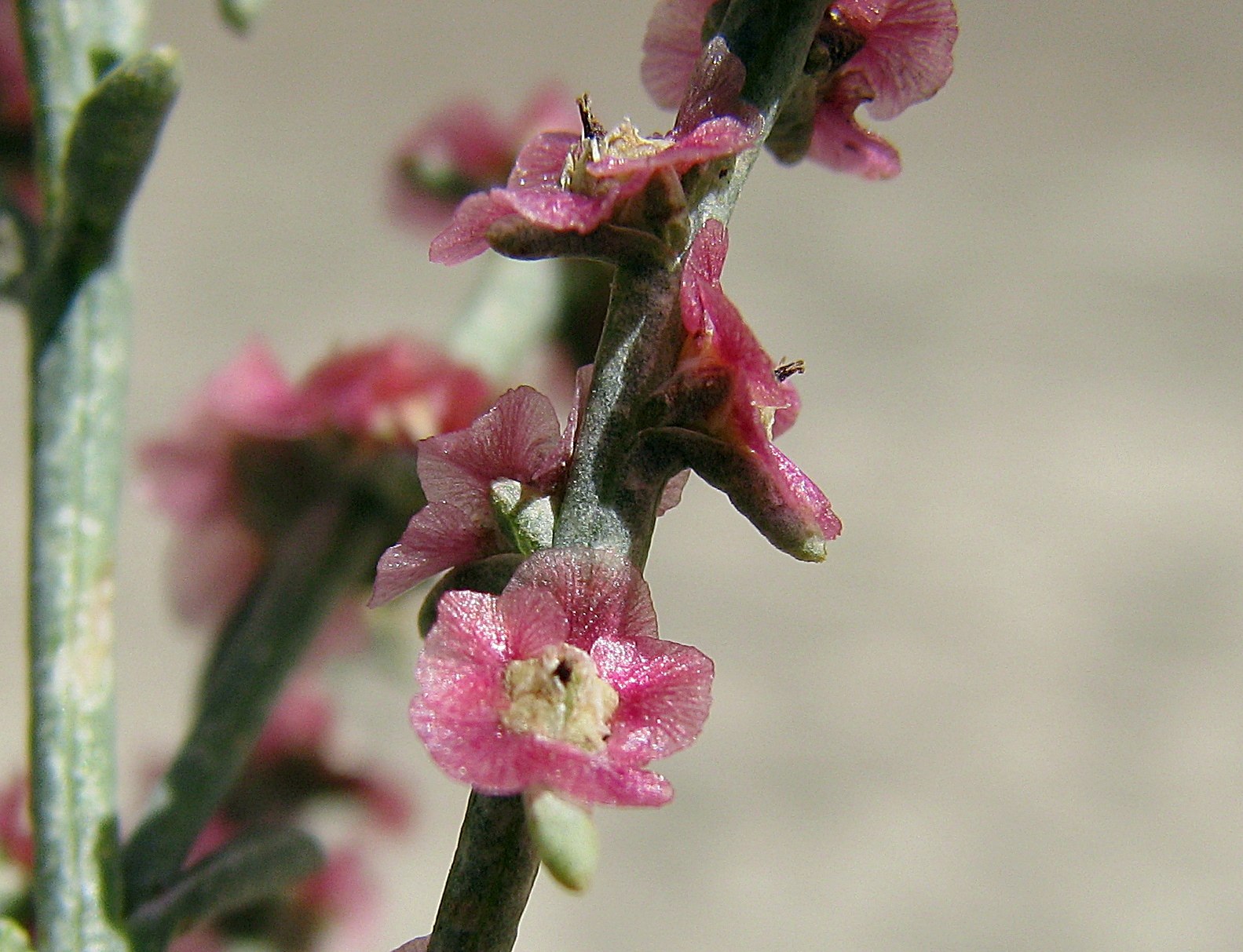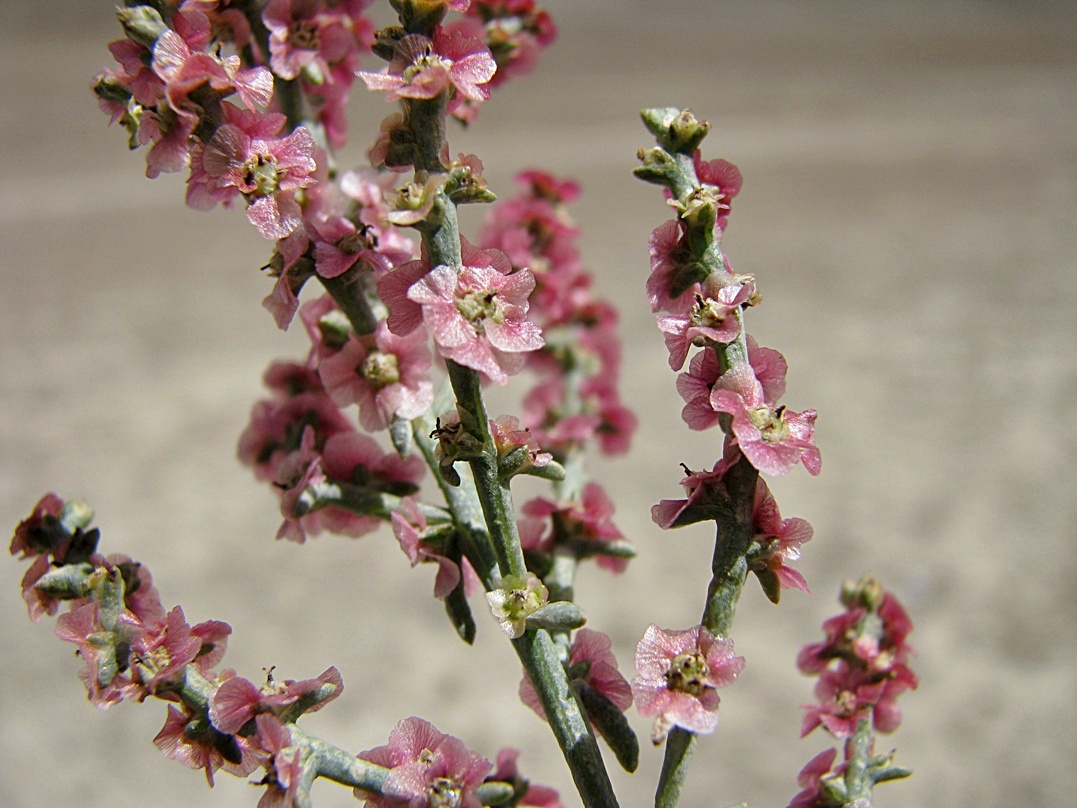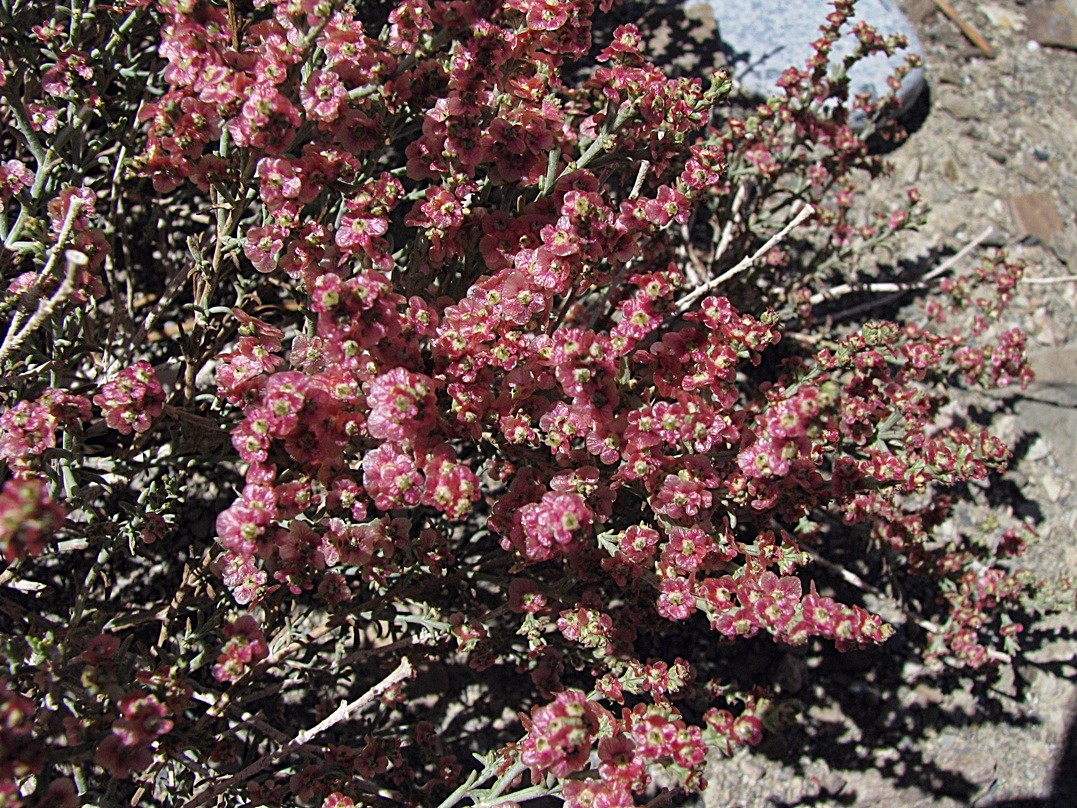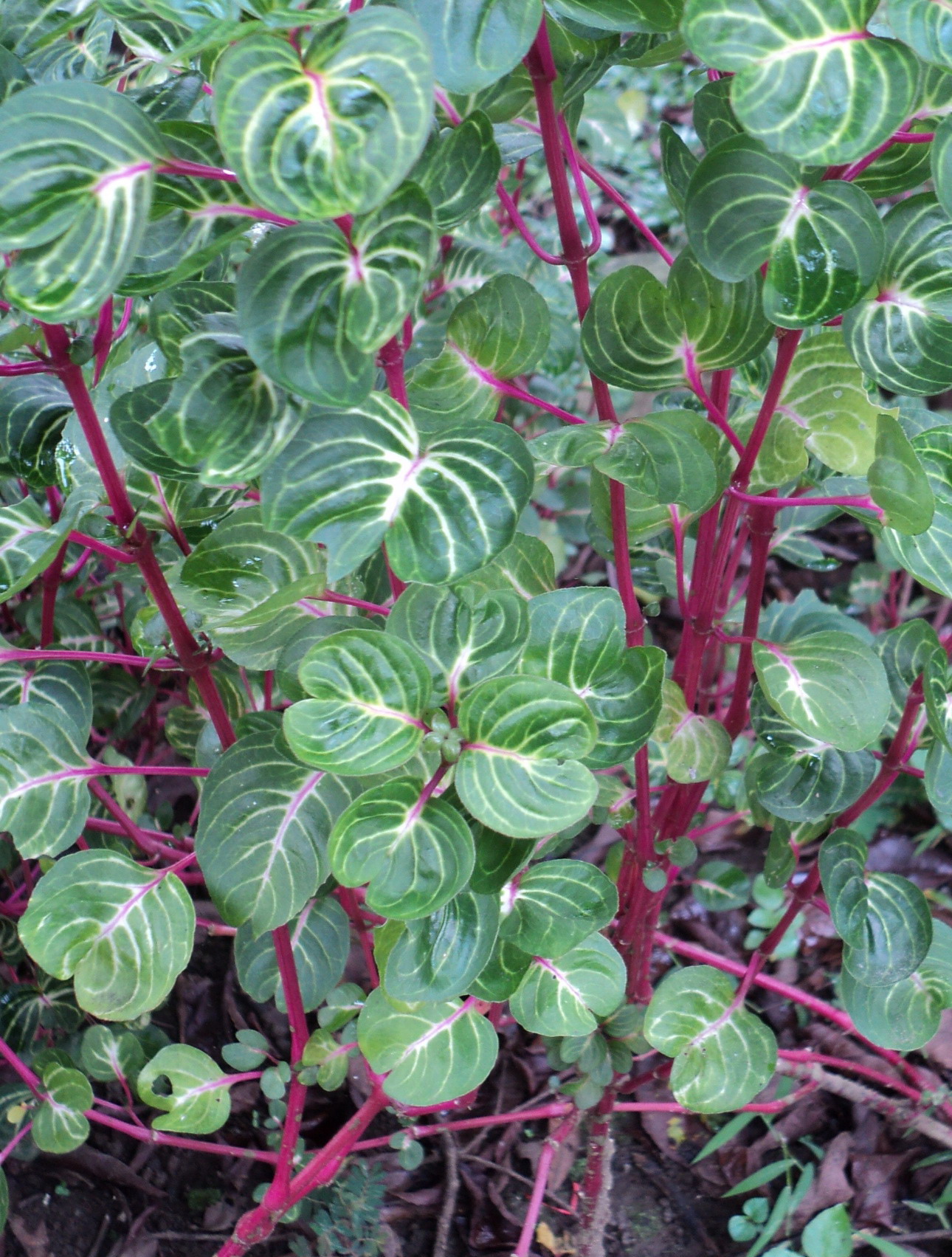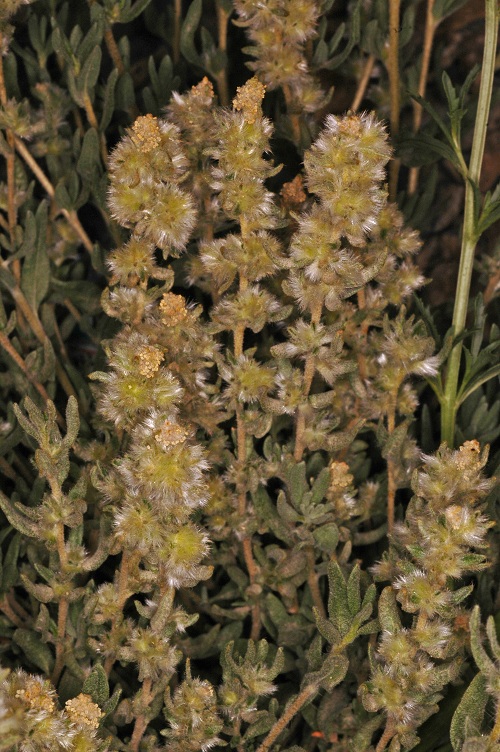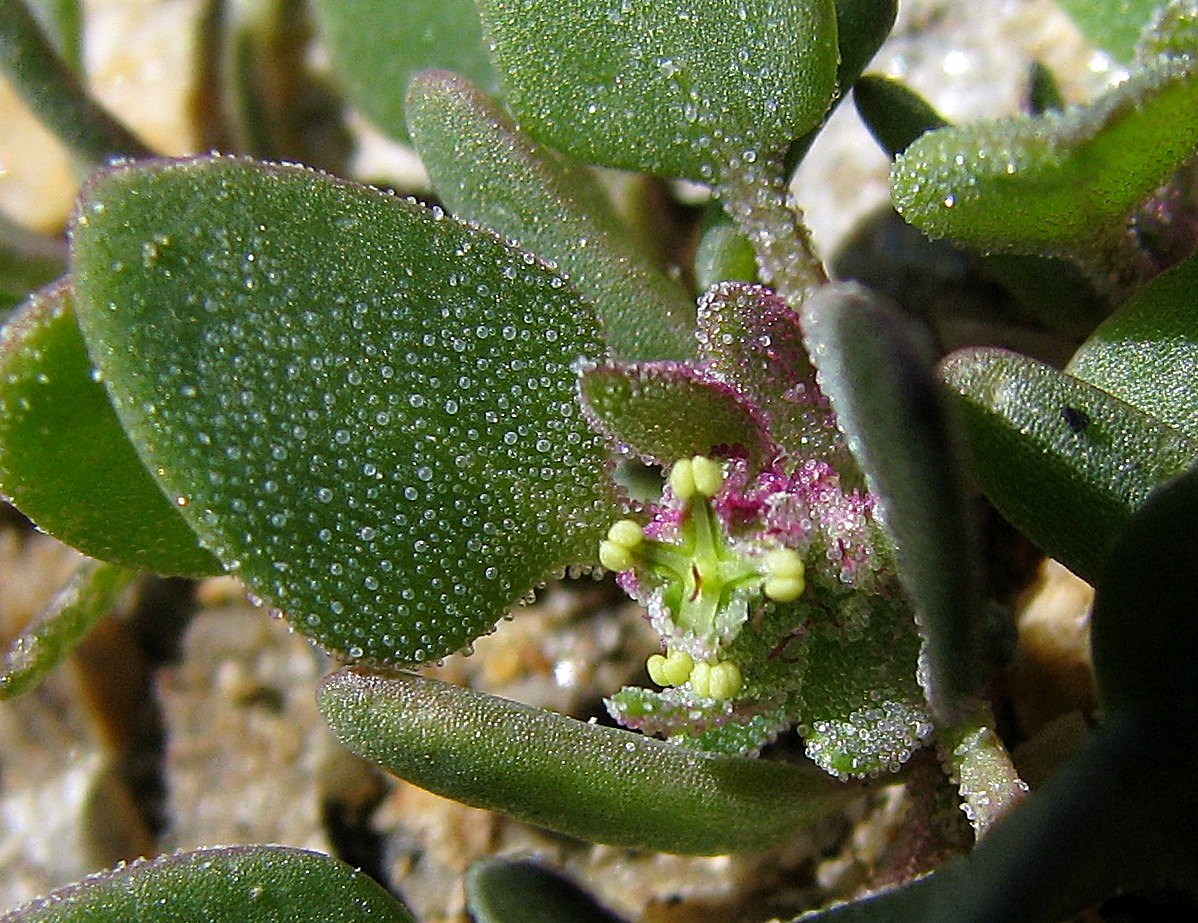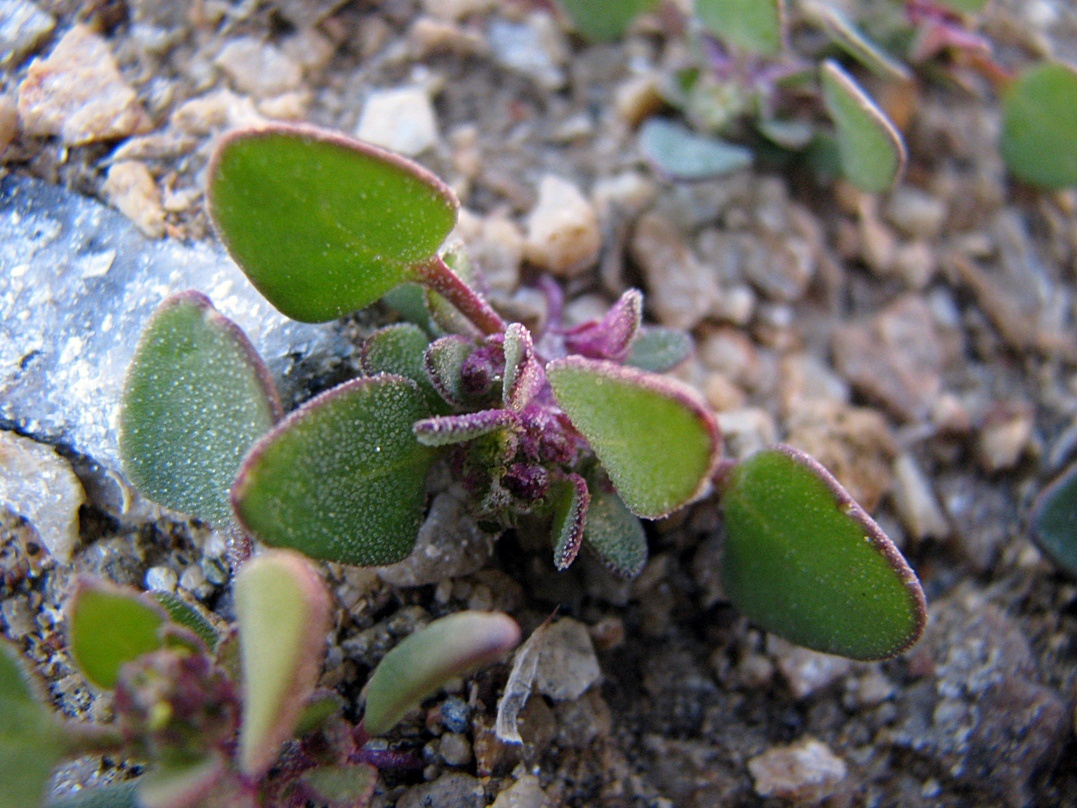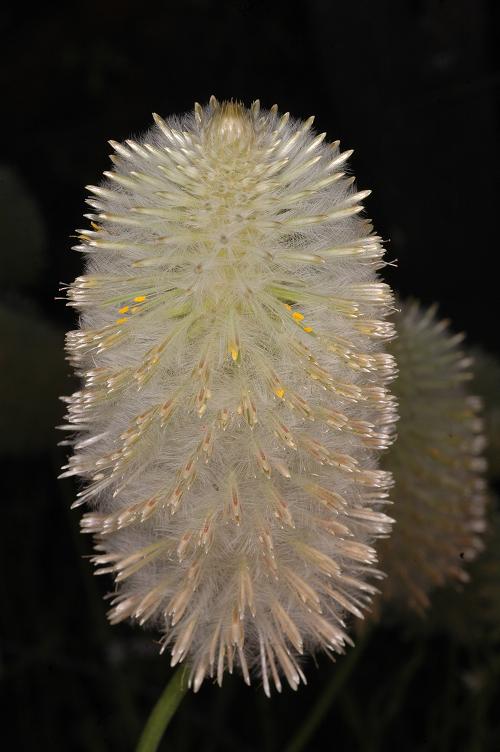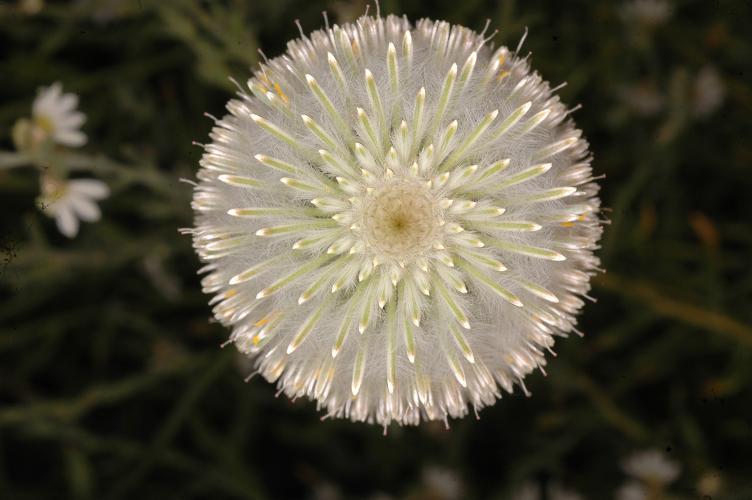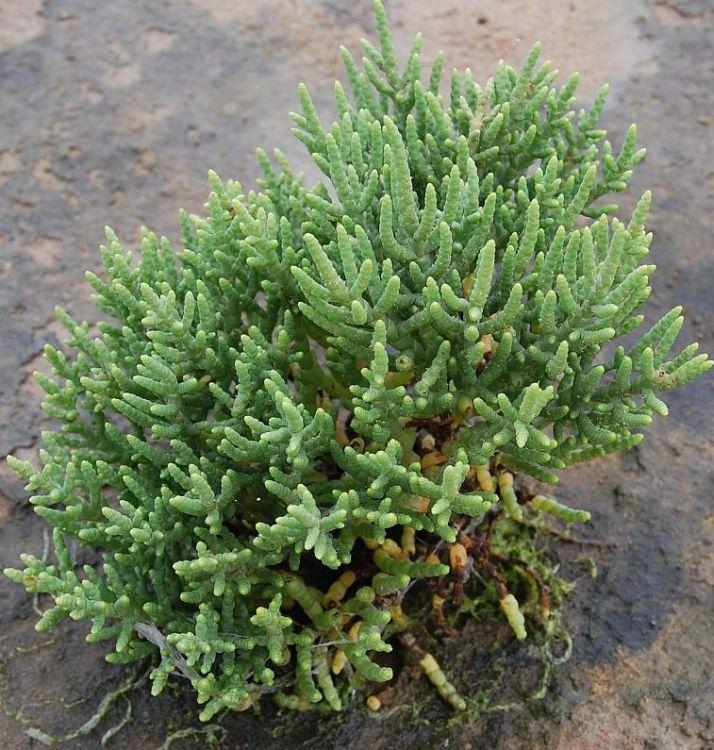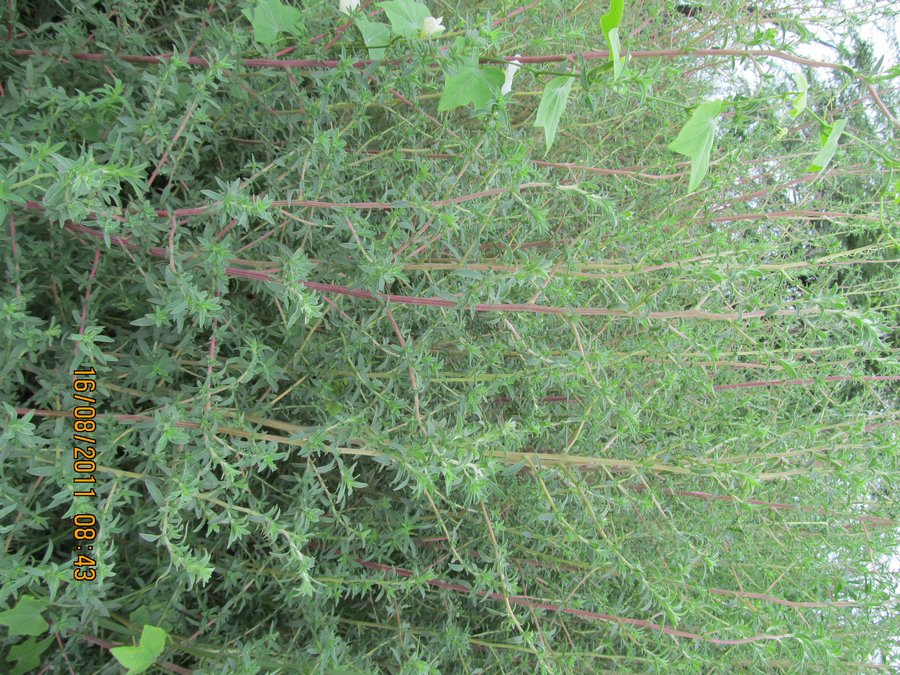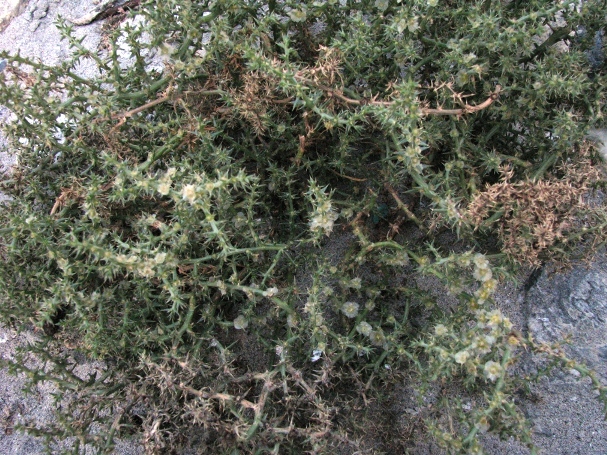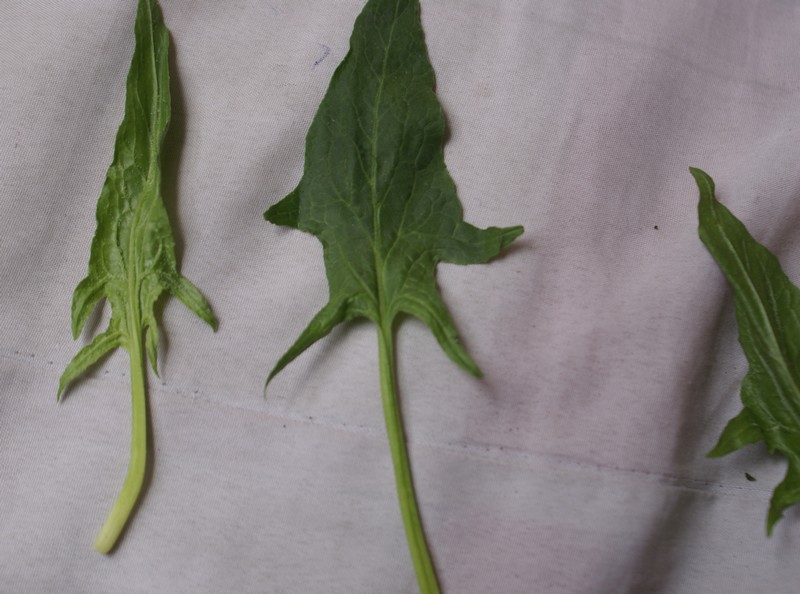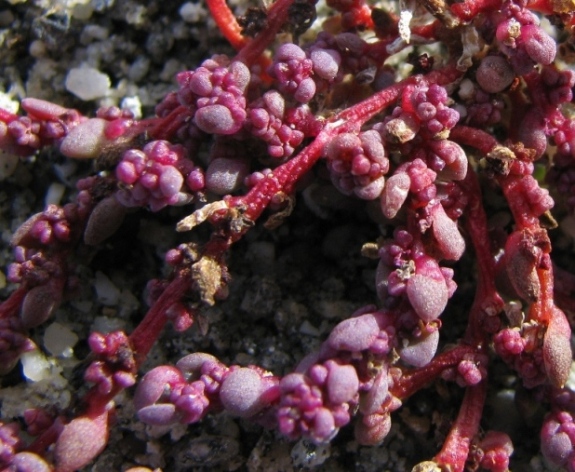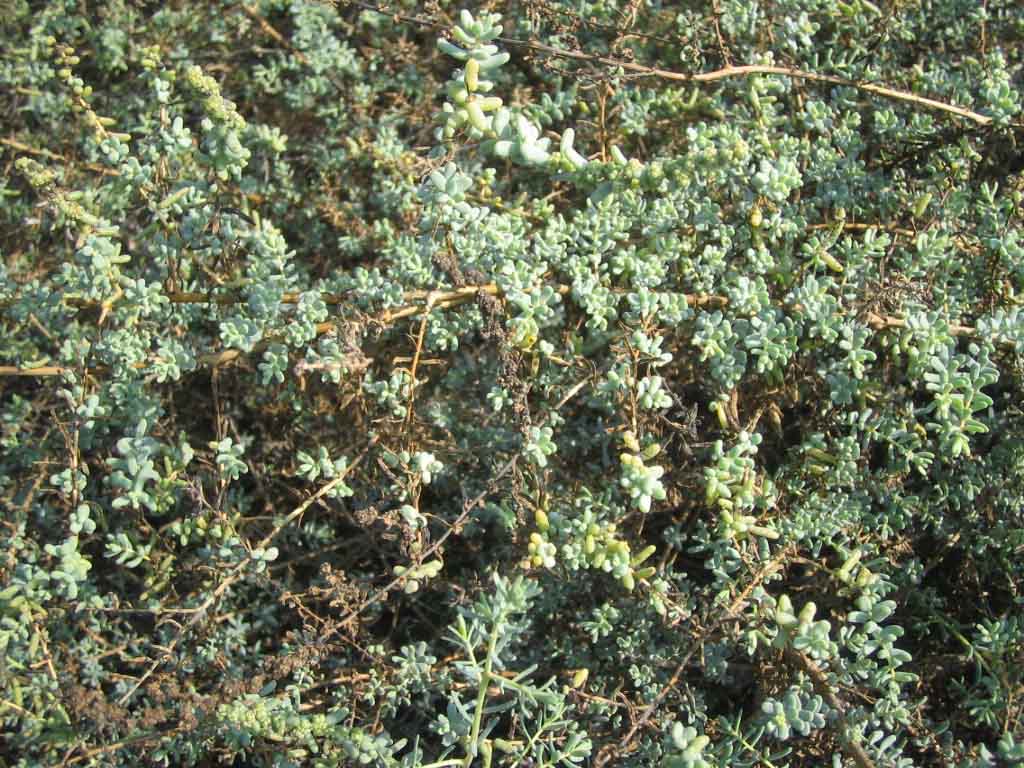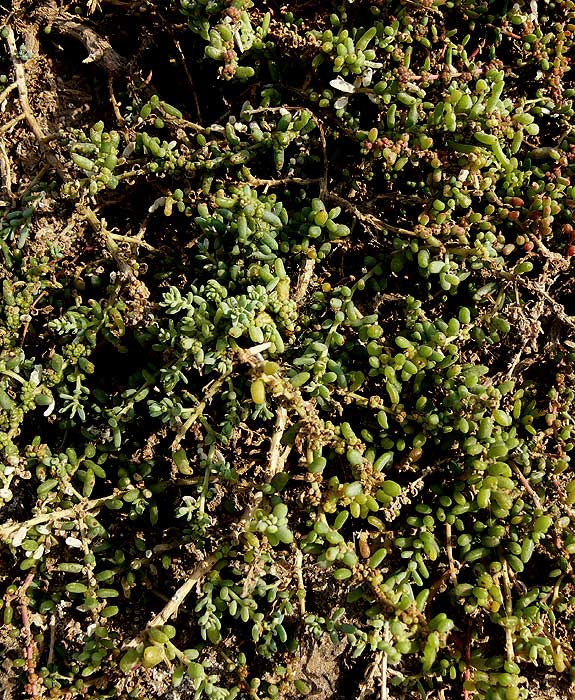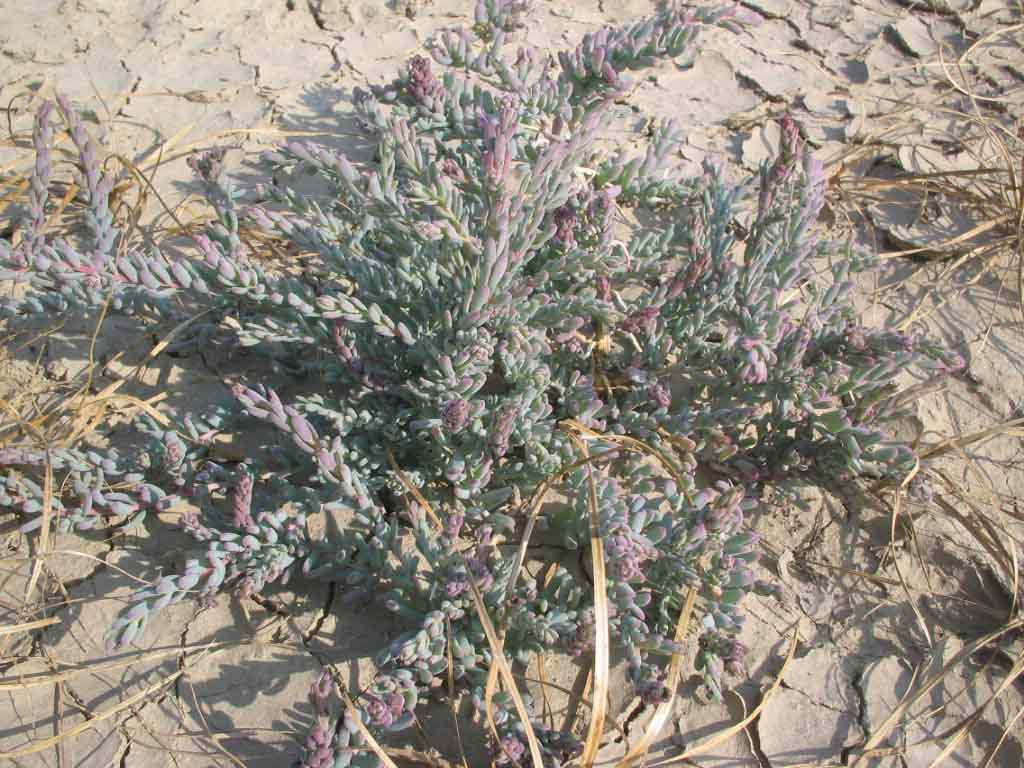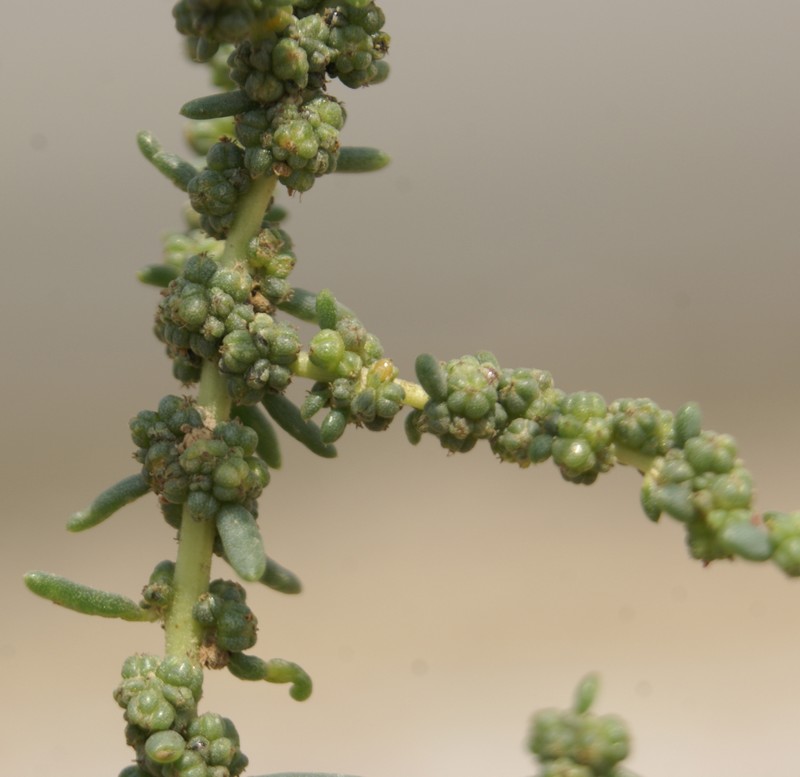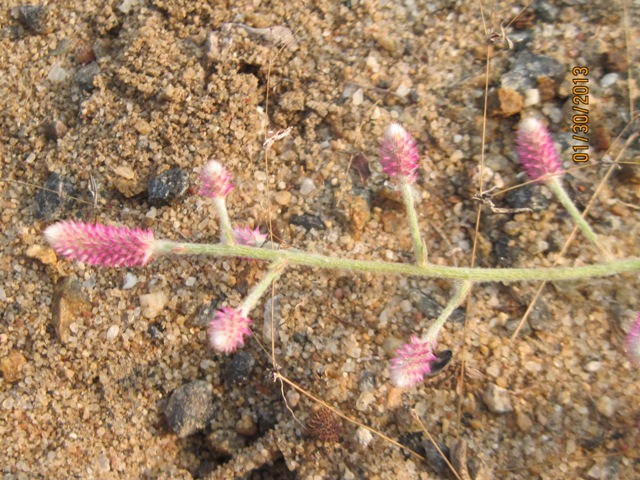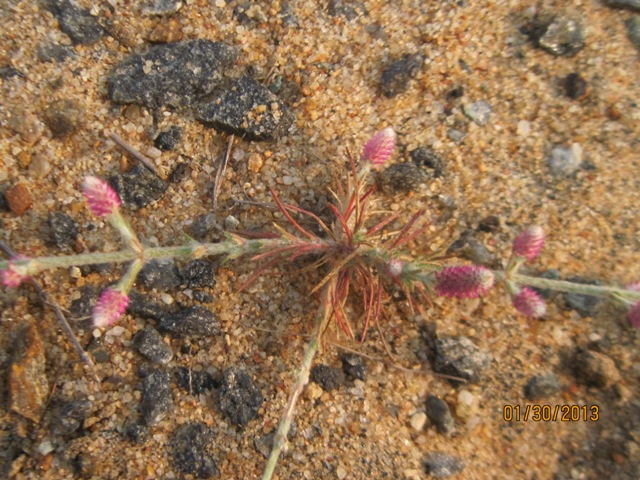AMARANTHACEAE: (Reported in India: 46 genera, 151 species; represented in eFI: 33 genera, 69 species, including 3 species cultivated outside India as on 13.7.20- Compiled by Dr. D S Rawat)
.
Allmania nodiflora var. aspera (Roth) Hook. fil.
Bassia indica (Wight) A. J. Scott (Morocco; Algeria; Tunisia; Libya; Afghanistan (Nangarhar); Pakistan (Sind, Baluchistan, N. W. Frontier Prov., Pakistani Punjab); NW-India (Jammu, Ladakh, Jammu & Kashmir); Israel (coastal W-Israel, N-Negev Desert); Egypt (Desert Oases, Great Southwestern Desert, Nile Delta, NW-coastal Egypt); Saudi Arabia (C-Saudi Arabia, NE-Saudi Arabia, Nejd Desert); Sinai peninsula (N-Sinai); Sudan; South Africa [I] (Free State [I]); Kenya [I] as per Catalogue of Life)
Corispermum tibeticum Iljin (China (Qinghai), Tibet, Tajikistan, Pakistani Kashmir (Baltistan, Skardu, Gilgit), Jammu & Kashmir (Ladakh, Leh, Rupshu) as per CoL)
(W-Tibet, Pakistan (Chitral), Pakistani Kashmir (Astor, Gilgit, Baltistan, Skardu, Hunza), Jammu & Kashmir (Ladakh, Leh) as per Catalogue of Life)
Psilotrichum sericeum (Koen. ex Roxb.) Dalz., N.A.Dalzell & A.Gibson (Somalia, Zanzibar, Socotra, E-Kenya, E-Tanzania, Mozambique, Madagascar, India (Gujarat, Tamil Nadu), Oman (Dhofar) as per Catalogue of Life)
Salicornia brachiata Roxb. (India, Sri Lanka, Myanmar [Burma] (Rakhine), Bangladesh as per Catalogue of Life)
Tecticornia indica (Willd.) K.A.Sheph. & Paul G.Wilson (Native range is Coasts of Dry Tropical Africa to KwaZulu-Natal, Indian Subcontinent, Vietnam, Jawa to N. Australia; Angola, Bangladesh, India, Jawa, Kenya, KwaZulu-Natal, Lesser Sunda Is., Mauritania, Mozambique, Mozambique Channel I, Northern Territory, Pakistan, Queensland, Senegal, Somalia, Sri Lanka, Tanzania, Vietnam, Western Australia as per POWO)
. . . PLANT TAXONOMY 2E By SHARMA (2012)- Details . Taxonomy of Angiosperms By A. V. S. S. Sambamurty (2005)- Details . Chenopodiaceae and Amaranthaceae Week : Earlier post: I know it lacks so much still sharing it. Needs to be updated. Out of the 315 odd families some 50to 60 are commoner and more important. This week’s family is Amaranthaceae. Cockscomb family. Greek amarantos : unfading….long lasting flowers.India and tropical America are chief distribution centres. Large family–Includes some garden plants and pot herbs. Vegetative characters :annual or perennial herbs,shrubs and rarely erect or climbing shrubs. Stems often show abnormal secondary growth. Leaves:alternate or opposite exstipulate,simple usually entire. Flowers and Inflorescences:Small flowers are aggregated into simple or branched panicles spike s heads or cymes.Flowers are actinomorphic,bisexual or frequently unisexual,pentamerous and hypogynous. Calyx-5 free basally connate sepals. Petals are absent.Stamens are 5 and areopposite the sepals. Sometimes nectar secreting disc is present.(bosia) Pollination and dispersal:Nectar disc and showy flowers ==>insectpollination Gomphrena–winged fruits=>dispersal by wind.Achyranthus Cyathula and Pupalia develop hooks on sepals which adhere to passing animals and humans. Economic Importance:Little. Few are used as food. Examples: Amaranthus (Mar.Chavalai)Leafy vegetable. Celosia argentea:spikes attract butterflies,Tender shoots are cooked and eaten Alternanthera tenella and A.sessilis are common weeds. Gomphrena globosa. Achyranthus aspera (Aghada) . Chenopodiaceae and Amaranthaceae Week: Introduction: The families Chenopodiaceae and Amaranthaceae have traditionally been treated as distinct families, but have been merged under a single family Amaranthaceae in recent editions of APG classifiation, our reason for considering in single episode. I am providing information concerning both separately. Chenopodiaceae Ventenat Goosefoot family 97 genera, 1,305 species Widely distributed in temperate and tropical climates but common in arid and semiarid saline habitats, with around 97 genera and 1300 speces Major genera: Atriplex(300 species), Salsola, (120), Chemnopodium (105), Suaeda (100) and Salicornia (35). Description: Herbs or small shrubs, rarely small trees (Haloxylon), usually in saline habitats, sometimes succulent (Salicornia), often covered with whitish bloom, nodes unilacunar, vascular bundles in concentric rings, included phloem usually present, sieve-tube plastids PIII-C type, containing betalains instead of anthocyanins, cuticle waxes with platelets. Leaves minute to large, alternate, rarely opposite (Salicornia, Nitrophila), petiolate to sessile, simple, entire or variously lobed, sometimes fleshy or reduced to scales, stipules absent. Inflorescencecymose, spikes or panicles, sometimes catkins.Flowers small, greenish, bisexual, rarely unisexual and plants dioecious (Grayia) or monoecious, actinomorphic, hypogynous. Perianth (represented by sepals petals absent) with 2-5 united tepals, rarely free (Salsola), herbaceous, usually persistent and accrescent in fruit, and appendaged with tubercles, spines or wings, sometimes absent. Androecium with 5 stamens, rarely 3, opposite the perianth lobes, filaments free, anthers inflexed in bud, bithecous, dehiscence longitudinal, pollen grains multiporate, spinulose. Gynoecium with 2 carpels, united, rarely carpels upto 5, ovary superior, unilocular, ovule 1, placentation basal, styles 2(rarely upto 5). Fruit a nut or utricle (when enclosed in membranous perianth); seed lens shaped with curved or spiral embryo, endosperm absent, perisperm present. Economic importance: The family includes a few food plants such as beet (Beta vulgaris: used as leafy vegetable {often confused with spinach}; root vegetable mainly for salad and a source of sugar), spinach (Spinacea oleracea) and lambs quarters (Chenopodium album; bathoo in Hindi). Chenopodium ambrosioides is source of wormseed used as a vermifuge. Seeds and leaves of C. quinoa are eaten by Peruvians and Andes Amaranthaceae M. Adanson Amaranth family 72 genera, 1,020 species Cosmopolitan, mainly tropical, centred in Africa and America with about 72 genera and 1020 species Salient features: Herbs or small shrubs, stipules absent, flowers small often greenish, subtended by scarious or papery bracts, perianth papery, stamens opposite perianth lobes, slightly connate at base, staminodes present, carpels 2-3, ovary superior, fruit a capsule or utricle or nutlet, enclosed in persistent perianth, embryo curved. Major genera: Gomphrena(120 species), Alternanthera (100), Iresine (80), Amaranthus (60) and Celosia (55). Description: Herbs or small shrubs, very rarely climbing, often with swollen nodes, nodes unilacunar, vascular bundles in concentric rings, included phloem usually present, sieve-tube plastids PIII-A type, containing betalains instead of anthocyanins. Leaves alternate or opposite, herbaceous, sometimes aggregated at base (Ptilotus), petiolate to sessile, simple, entire, stipules absent. Inflorescence cymose, spikes or panicles, with conspicuous persistent bracts and bracteoles. Flowers small, greenish, bisexual (rarely unisexual), actinomorphic, hypogynous, cyclic. Perianth (represented by sepals petals absent) with 3-5 free or united tepals, usually persistent, sometimes accrescent (Ptilotus) in fruit, usually dry and scarious. Androecium with 5 stamens, rarely 3 or even 6-10, opposite the tepals, filaments slightly connate at base, often adnate to tepals, anthers inflexed in bud, bithecous (Amaranthus) or monothecous (Gomphrena), dehiscence longitudinal, pollen grains multiporate, spinulose, staminodes often present, usually 1-3. Gynoecium with 2-3 united carpels, ovary superior, unilocular, ovule usually 1, placentation basal, rarely many (Celosia), styles 1-3. Fruit a circumscissile capsule, or nut or utricle (when enclosed in membranous perianth); seed lens shaped with curved or spiral embryo, endosperm absent, perisperm present. Economic importance: The family includes several ornamentals such as Celosia(Cockscomb), Amaranthus (amaranth), Gomphrena (globe amaranth) and Iresine (bloodleaf). Species of Alternantheraand Tilantheraare grown as edge plants and have ornamental leaves. Seeds and leaves of several species of Amaranthus are edible, as are also the leaves of Alternanthera sessilis. 163 genera are recognized by The Plant List which treats them together under one family: http://www.theplantlist.org/browse/A/Amaranthaceae/ The genera (& species under them) already discussed are given below: ………………. . Species & genera pages of Amaranthaceae are now with images : 1 post by 1 author. Species & genera pages of Acanthaceae in efloraofindia are now with images. I started this exercise on 10th Jan.’16 in my residual time & now today (22.1.16), it is complete. It involves inserting images on around 75 species pages (say around 300 images) & 34 genera pages. It also involved a lot of cleansing work like deletion of duplicate / wrong pages, correctly identify some of the threads, putting them at their proper place, proper formatting of the species pages etc. I request our members to pl. take up one family each & try to make efloraofindia more constructive. We will be rendering what ever assistance is required by the members, in this matter. . A Synopsis of the family Chenopodiaceae of India | Tapas Kumar Paul : 1 post by 1 author. This is now available at A Synopsis of the family Chenopodiaceae of India | Tapas Kumar Paul . Forwarding following details for inf. pl.: Sukhorukov AP, Liu P-L, Kushunina M (2019) Taxonomic revision of Chenopodiaceae in Himalaya and Tibet. PhytoKeys 116: 1-141. https://doi.org/10.3897/phytokeys.116.27301 Abstract: The composition of many Chenopodiaceae genera in different parts of Himalaya and Tibet has been insufficiently known or contradictory. A revision of the family in Himalaya including Bhutan, Nepal, parts of India (Himachal Pradesh, Jammu and Kashmir, Sikkim, and Uttarakhand) and Tibet (Xizang, China) is presented for the first time. Altogether, 57 species from 20 genera are reported, including three species new to science (Agriophyllum tibeticum, Salsola austrotibetica, and Salsola hartmannii). Atriplex centralasiatica, Corispermum dutreuilii,and Salsola monoptera are identified as new records for India, and Chenopodium pamiricum is recorded in China for the first time. Dysphania ambrosioides and Sympegma regelii are recorded for Xizang. The generic and species keys, species distributions (including maps) and taxonomic notes are provided. We indicate for the first time that the presence of short yellow hairs is the remarkable morphological characteristic of the genus Grubovia.Evident heterocarpy and heterospermy is found in Dysphania for the first time (Dysphania tibetica). Agriophyllum pungens, Atriplex crassifolia, Atriplex laciniata, Atriplex sagittata, Axyris amaranthoides, Axyris hybrida, Bassia indica, Corispermum korovinii, Dysphania schraderiana (=Chenopodium foetidum auct.), Halocharis violacea, and Suaeda microsperma are excluded from the species list. Neobotrydium corniculatum is synonymized with Dysphania kitiae, Neobotrydium longii with Dysphania himalaica, and Neobotrydium ornithopodum seems to be conspecific with Dysphania nepalensis. Corispermum ladakhianum is a new synonym of Corispermum tibeticum. Amaranthus diandrus is added to the synonyms of Acroglochin persicarioides, and Bassia fiedleri, previously considered as conspecific with Grubovia dasyphylla, is added to the synonymy of Bassia scoparia. Lectotypes of Anabasis glomerata (≡Halogeton glomeratus), Halogeton tibeticus (=Halogeton glomeratus), Amaranthus diandrus (=Acroglochin persicarioides), Chenopodium tibeticum (≡Dysphania tibetica), Corispermum dutreuilii, Corispermum falcatum, Corispermum lhasaense, Corispermum pamiricum var. pilocarpum (=Corispermum gelidum, syn. nov.), Corispermum tibeticum, Kochia indica (≡Bassia indica), Kochia odontoptera (≡Bassia odontoptera) and Salsola monoptera are selected. Out of 53 native elements, 42 are restricted in their distribution to Himalaya and Tibet at altitudes 2000–4500 m above sea level. The greatest taxonomic diversity of the Chenopodiaceae is represented in Jammu and Kashmir (India) and Xizang (China) with a continuous decrease in the number of species southwards. Very helpful in Identifying Himalayan Chenopodiaceae members. Thank you, … This will help us in knowing Chenopodiaceae in a better way. I shall be able to differentiate between closely related species of Chenopodium and Dysphania which occur in my area. I have saved a copy of this monograph for future references.
|
Amaranthaceae
Updated on December 24, 2024

